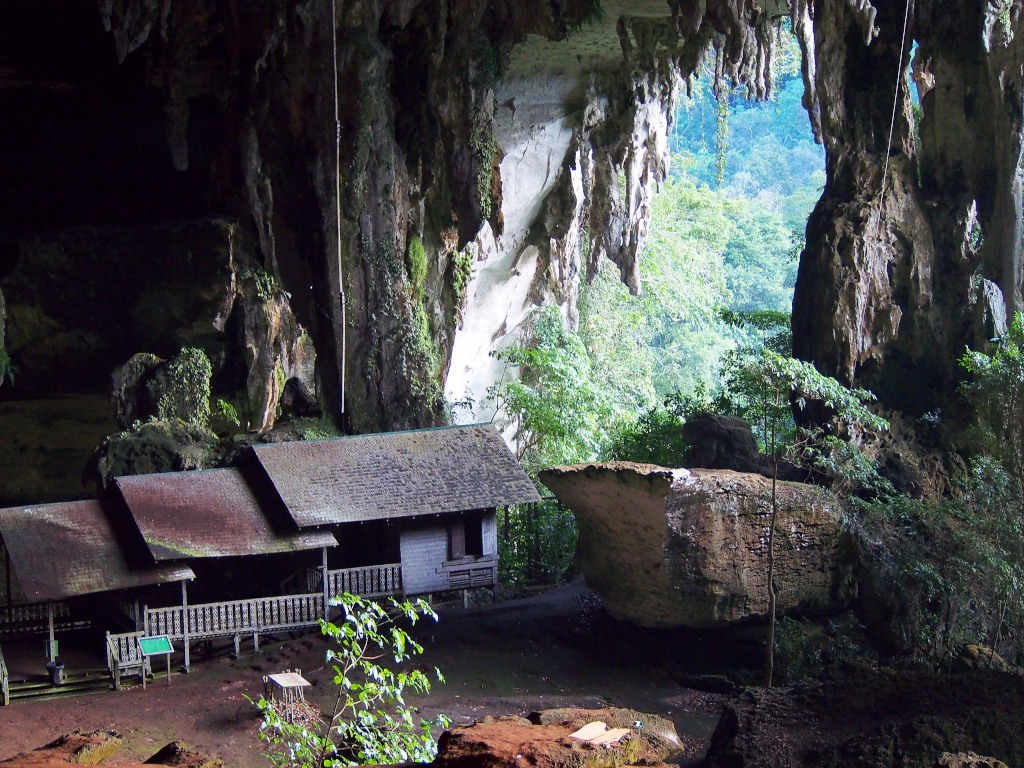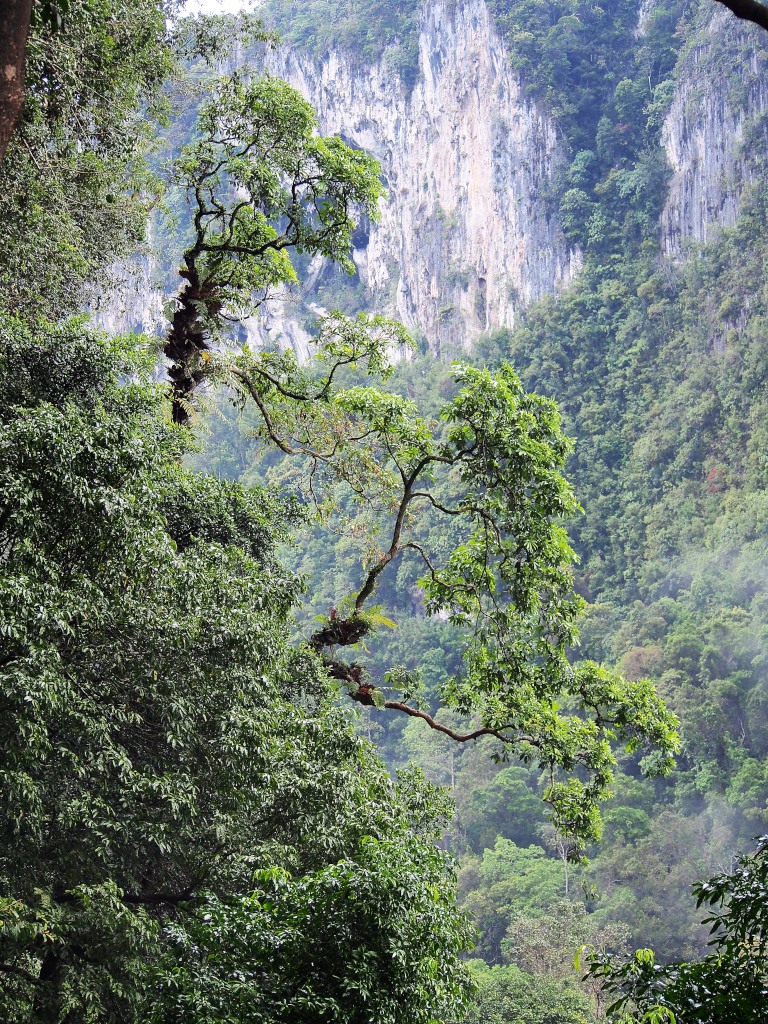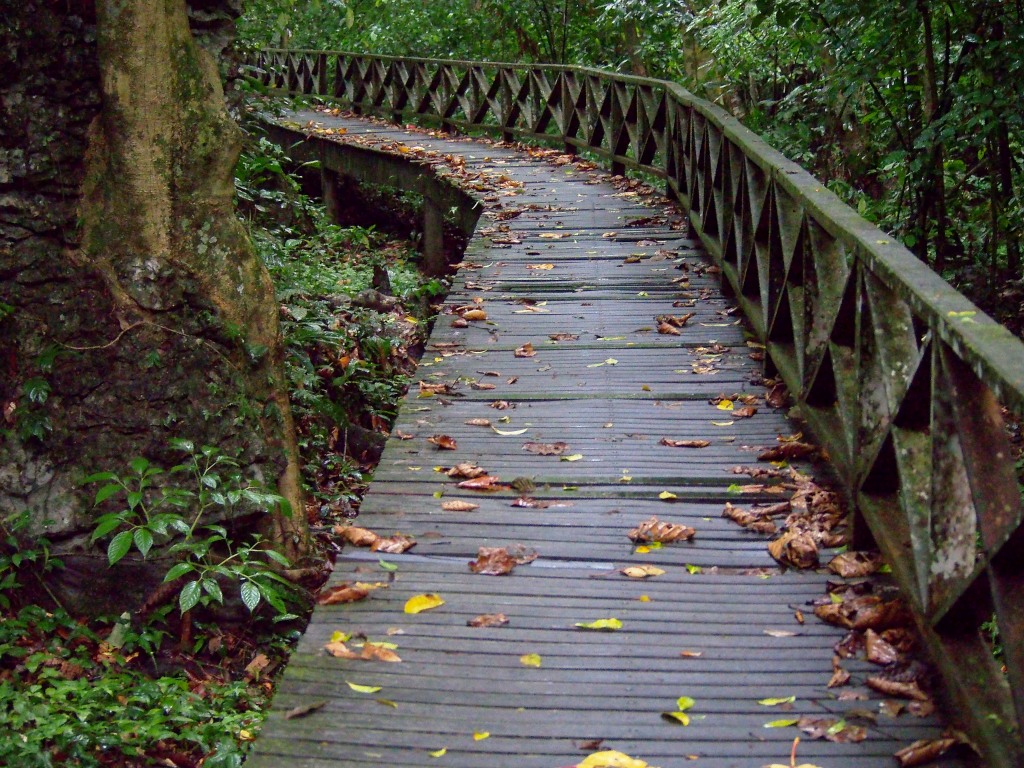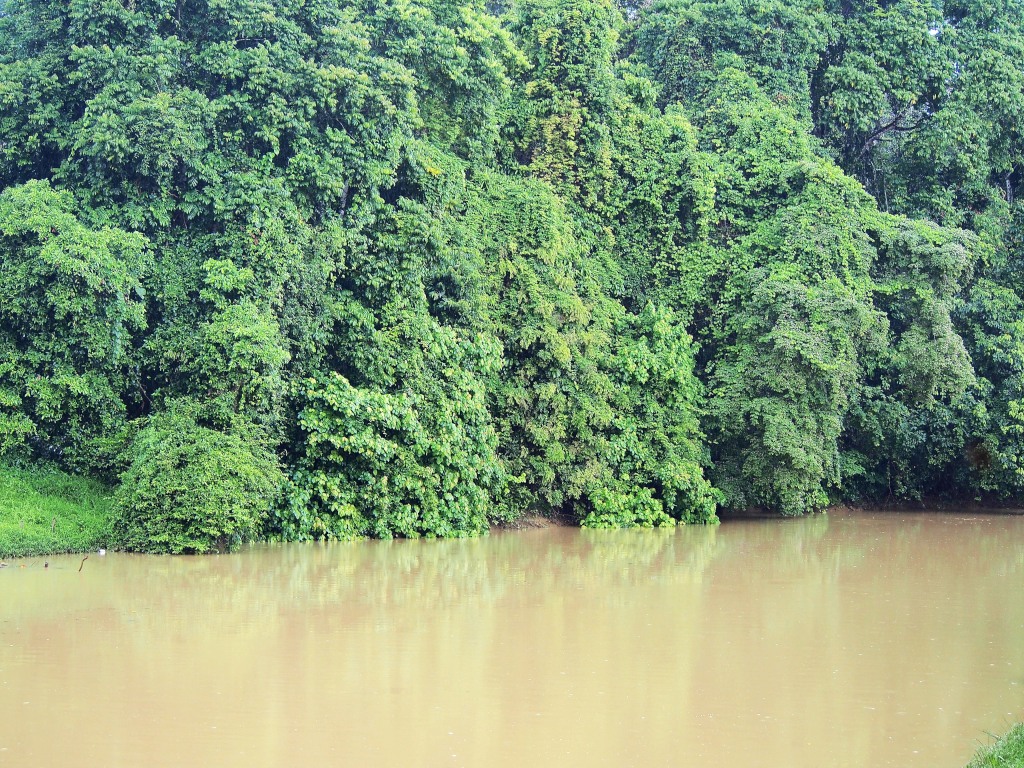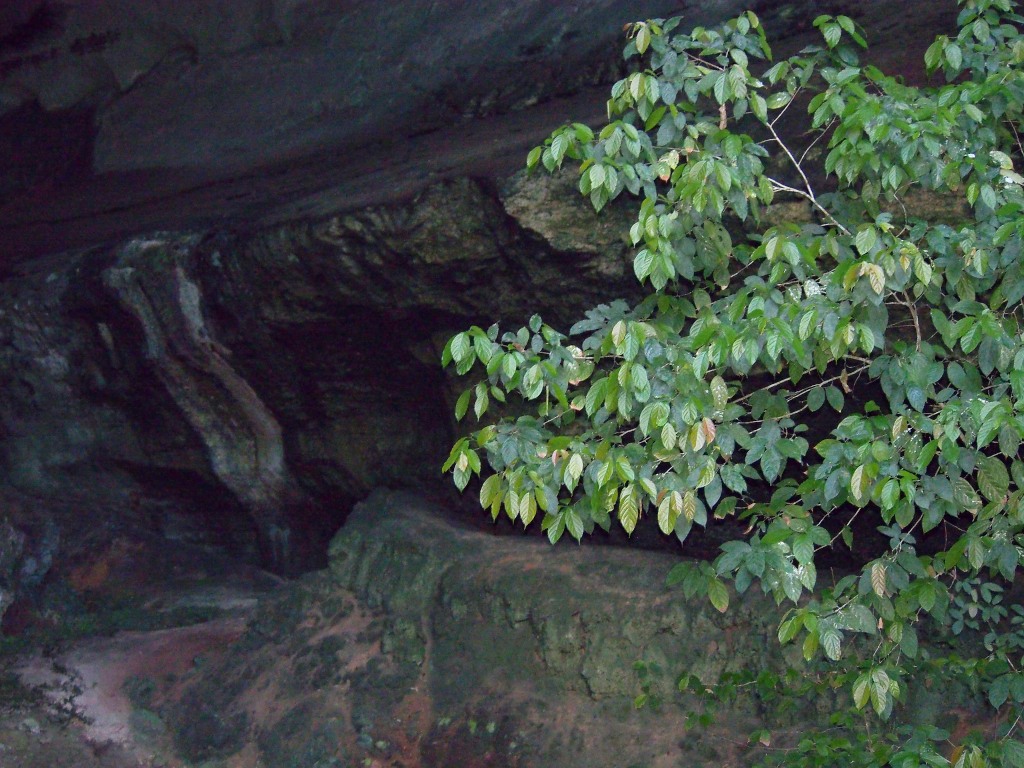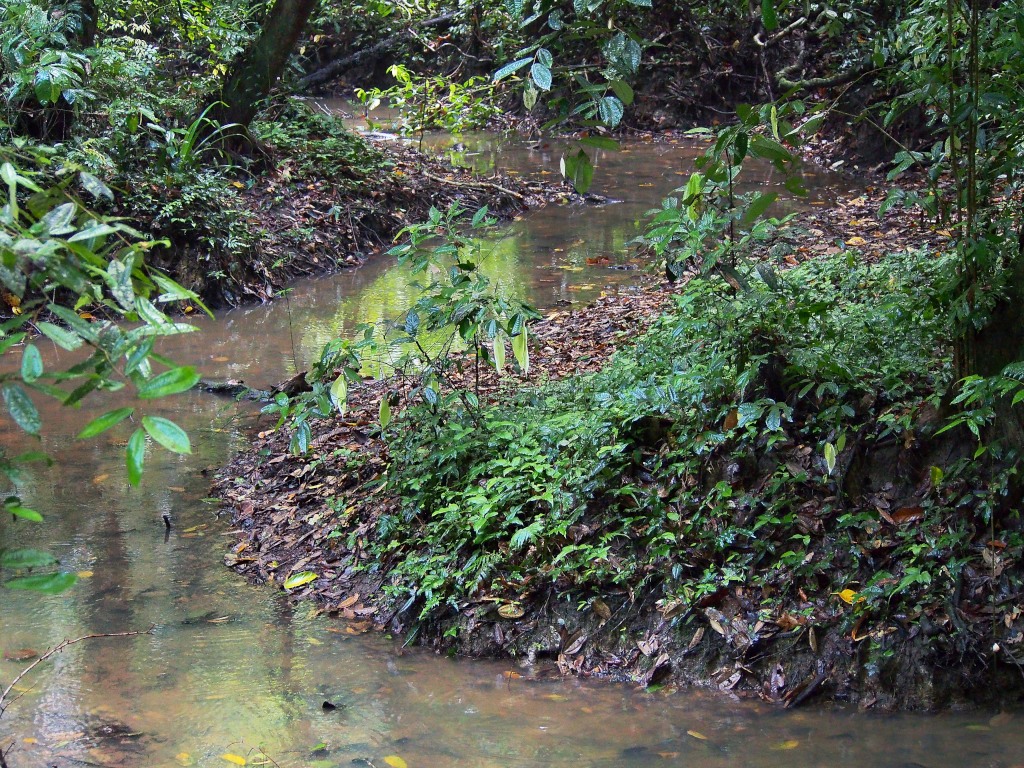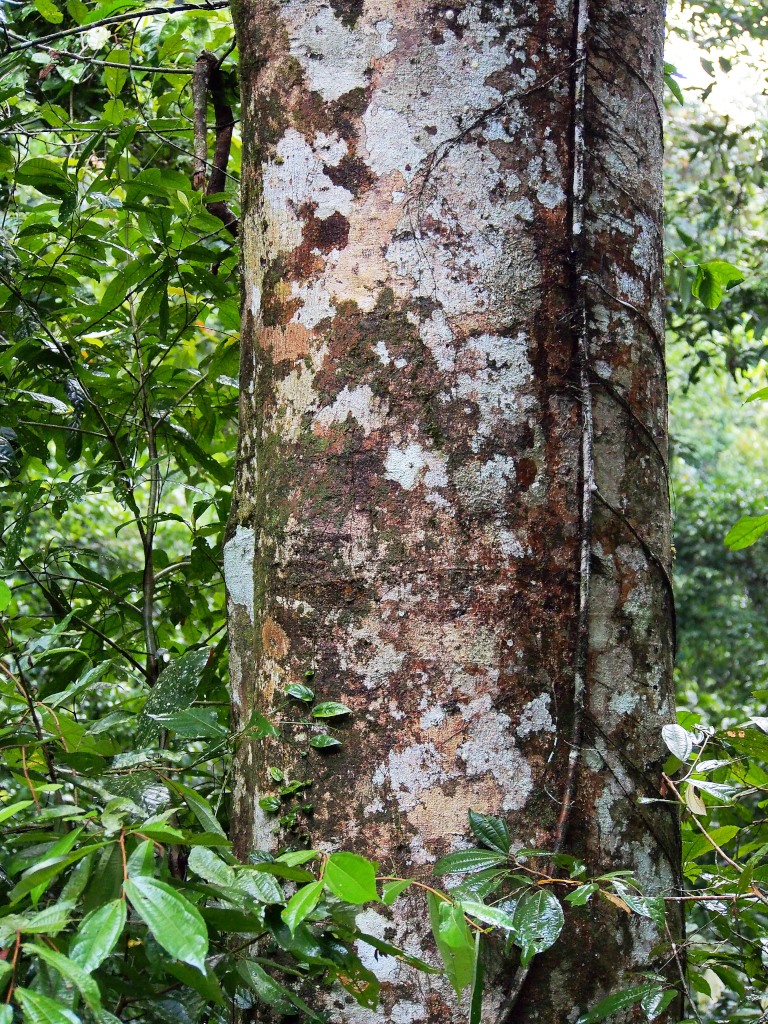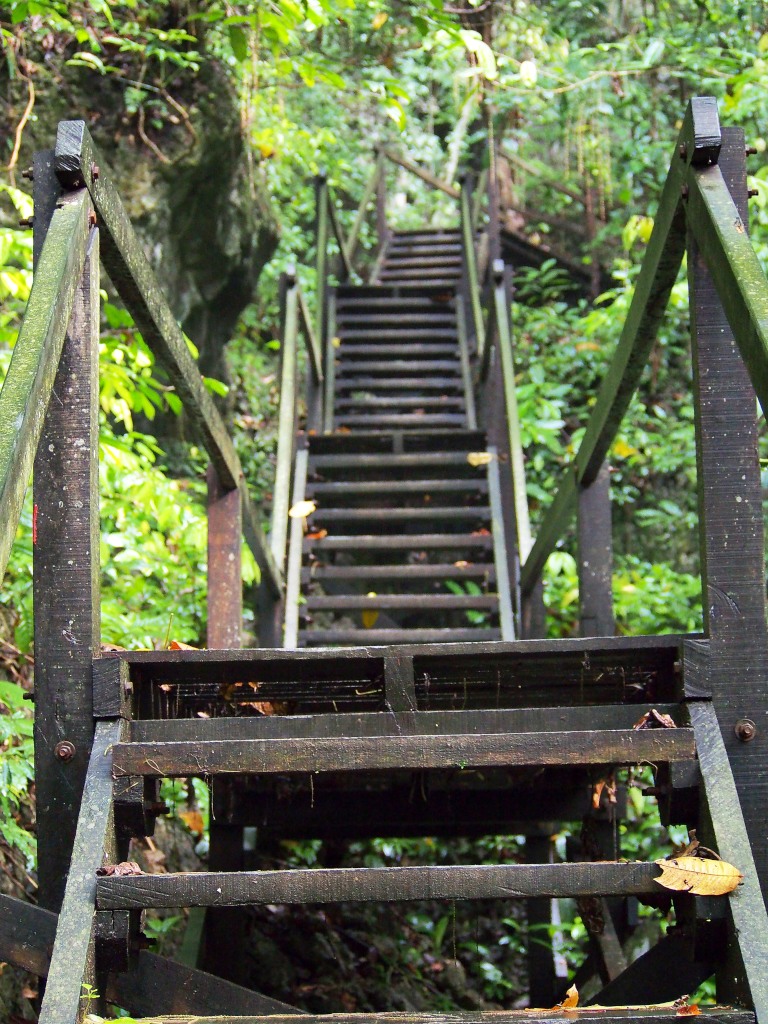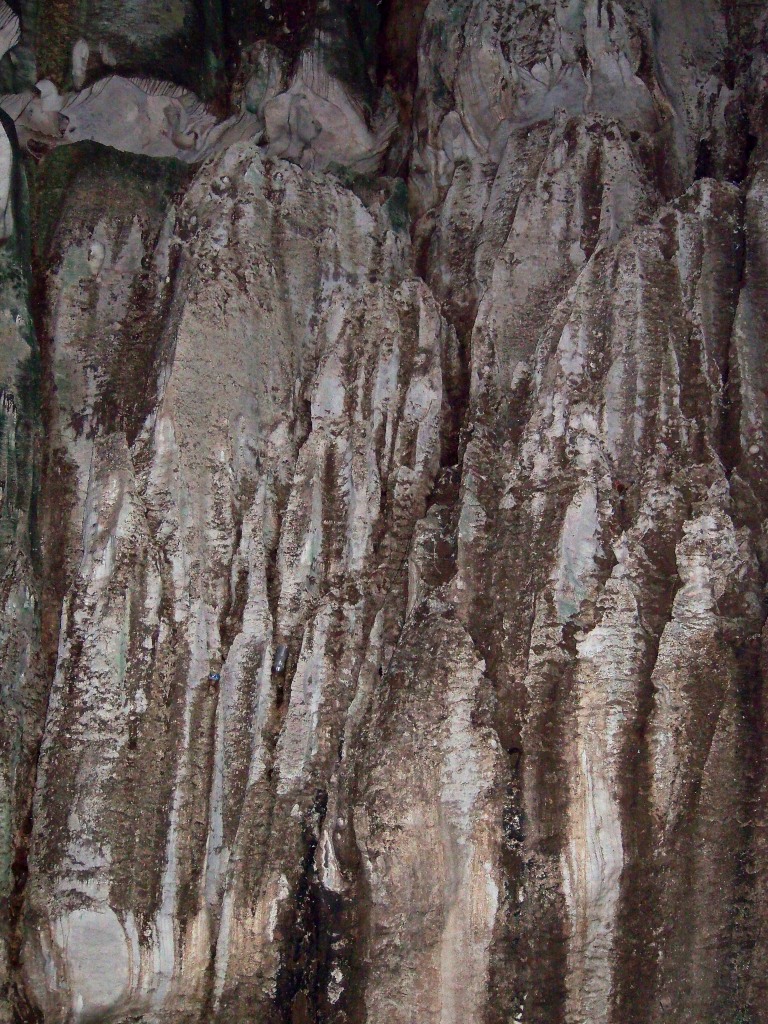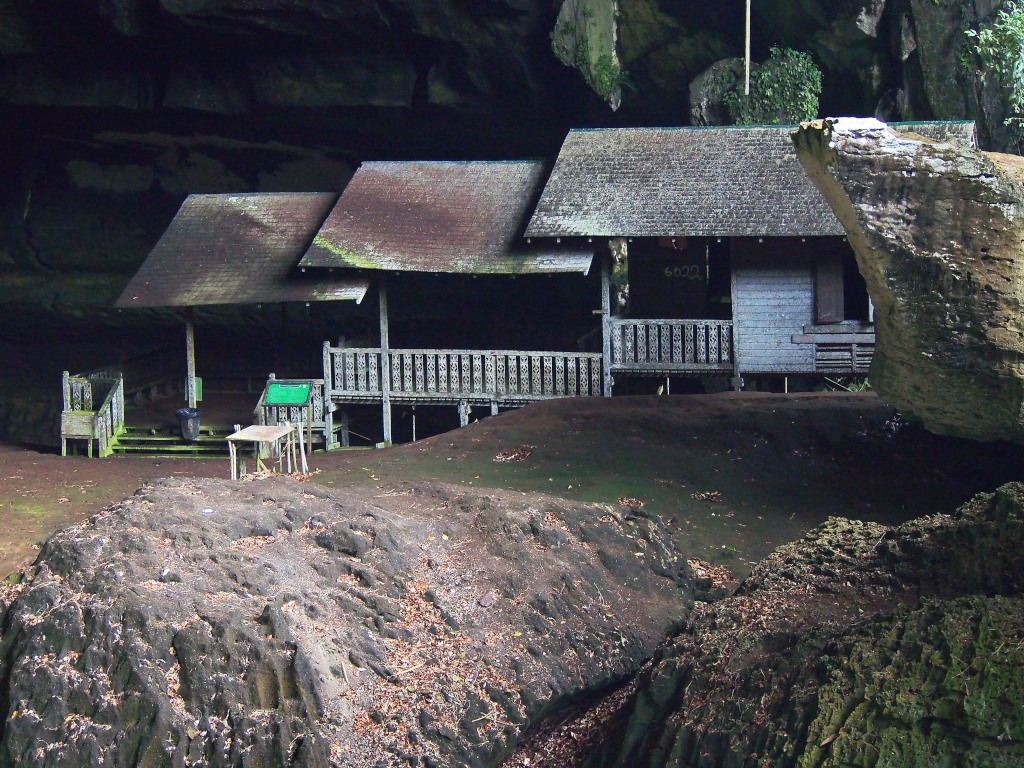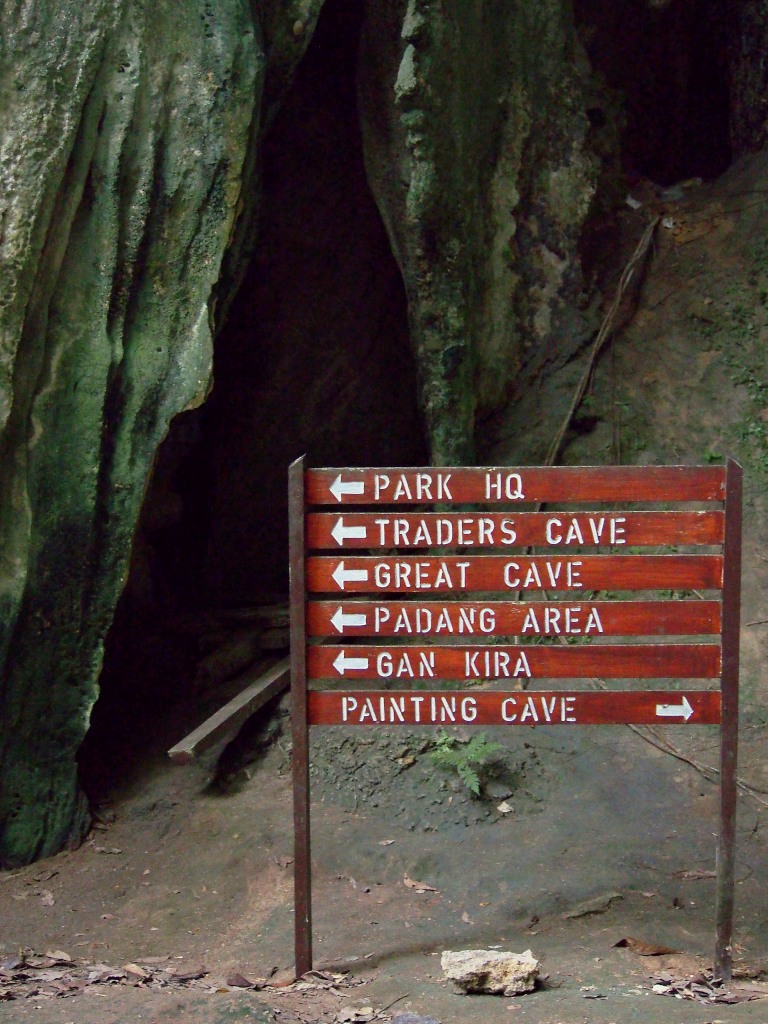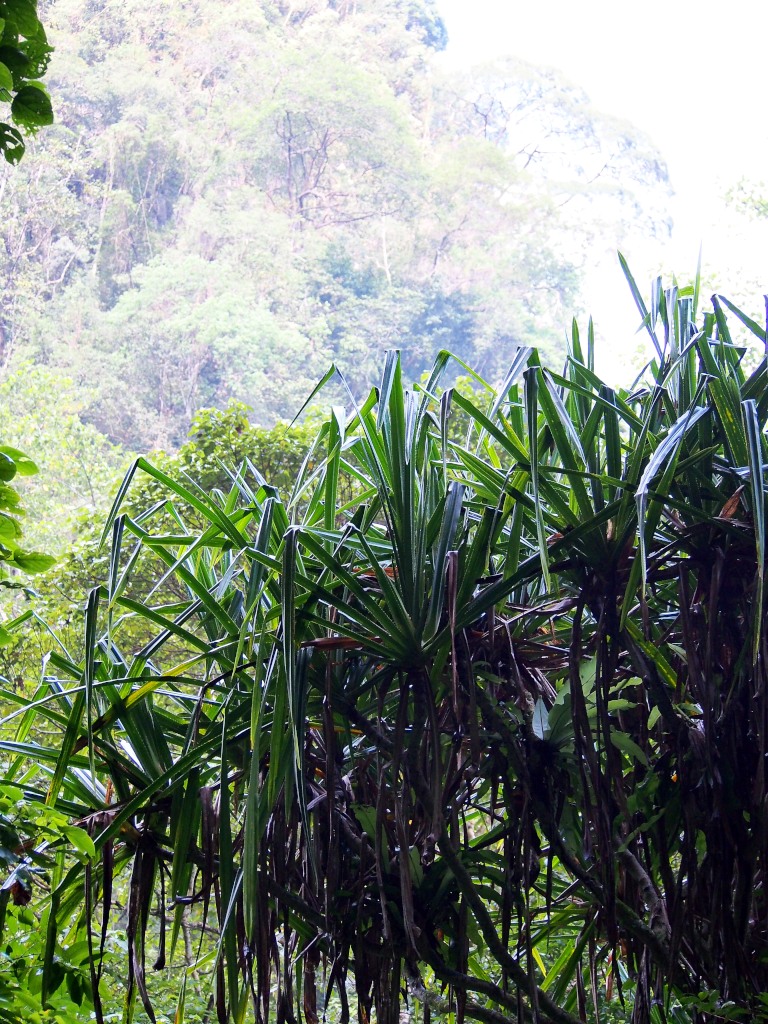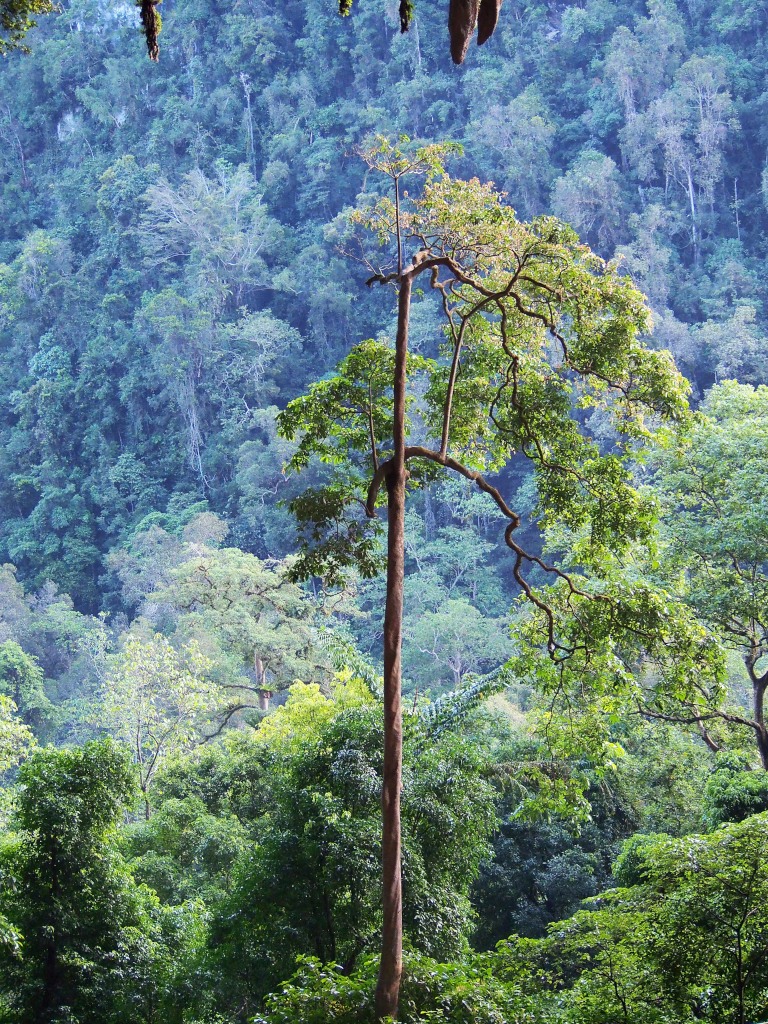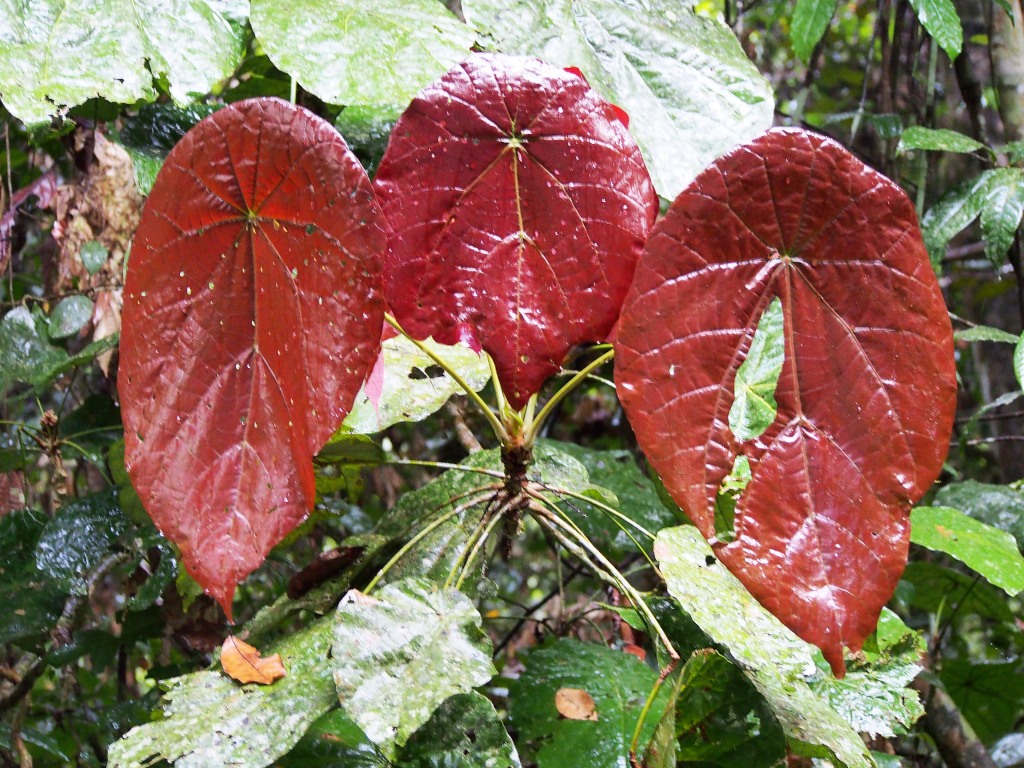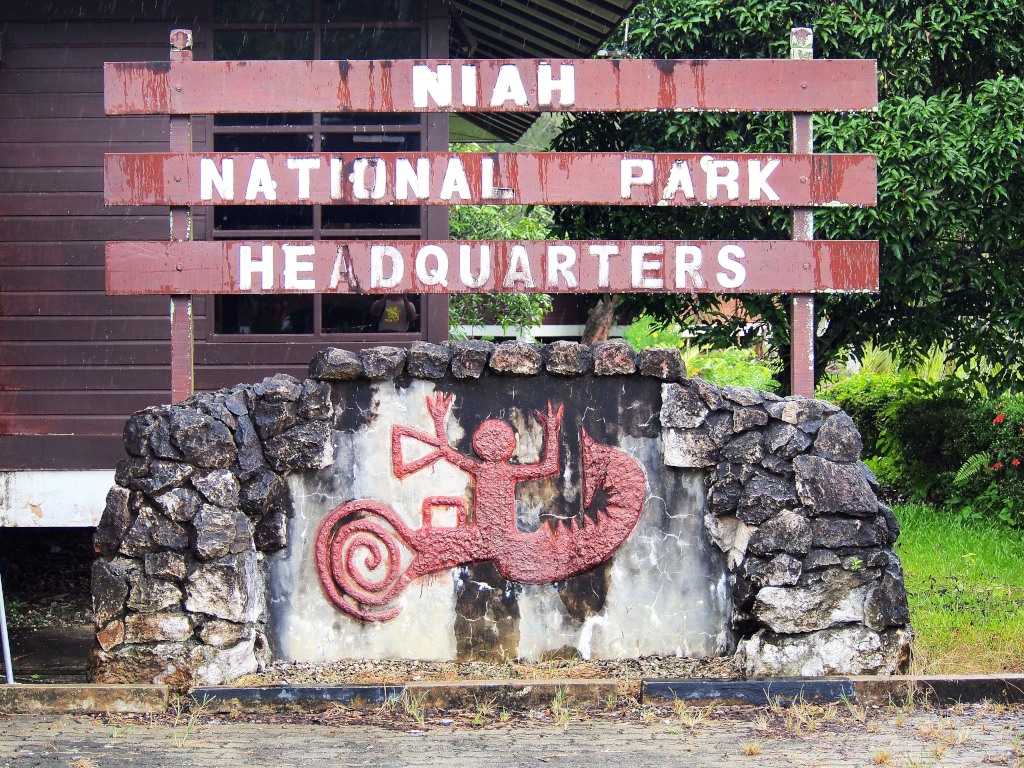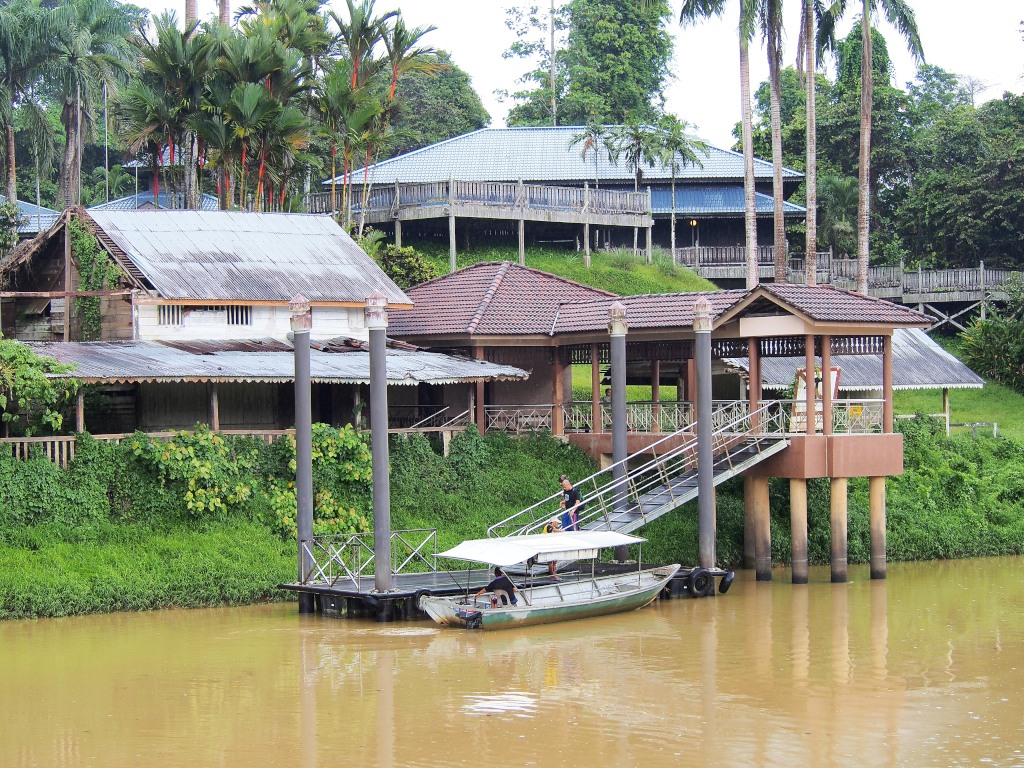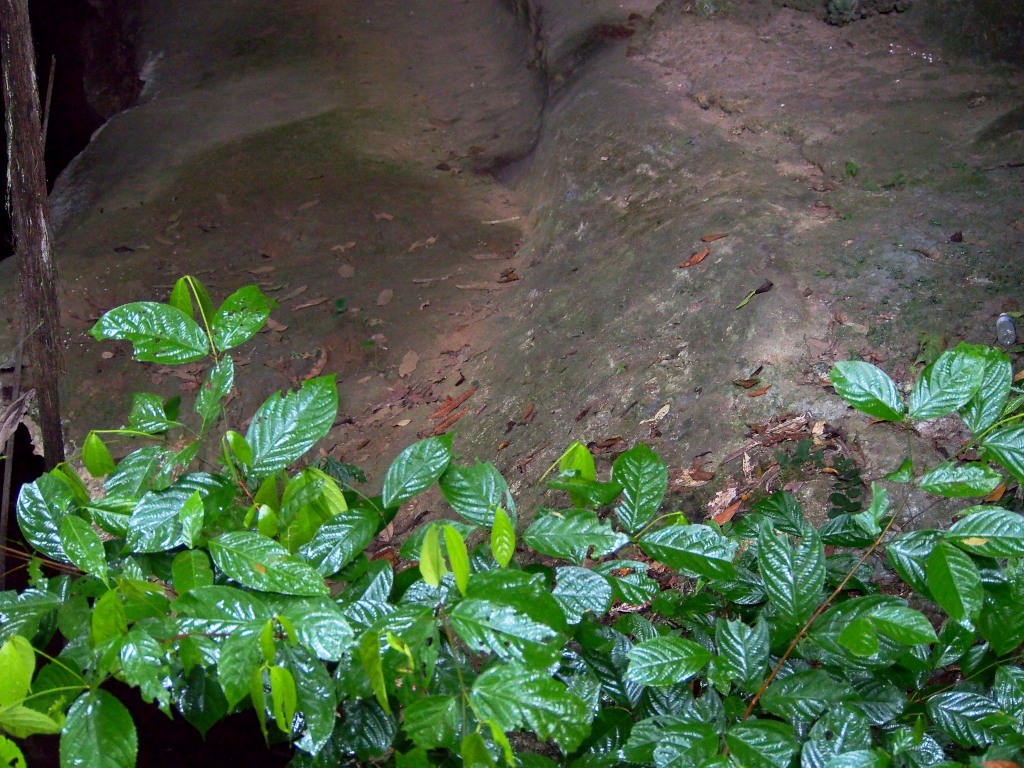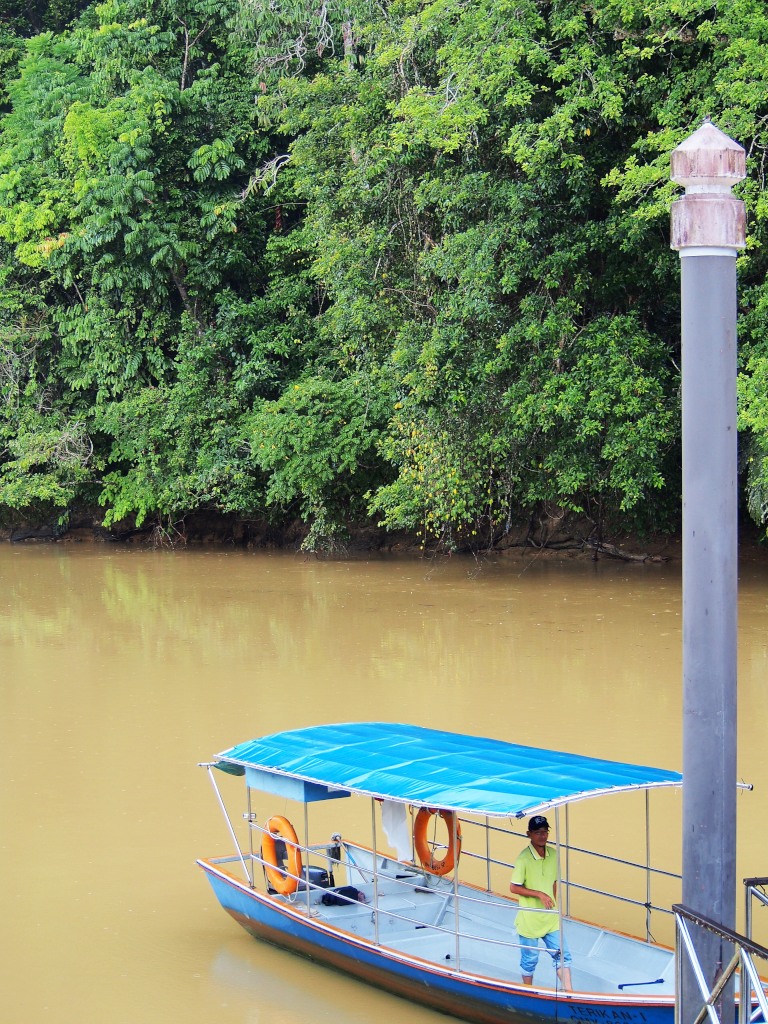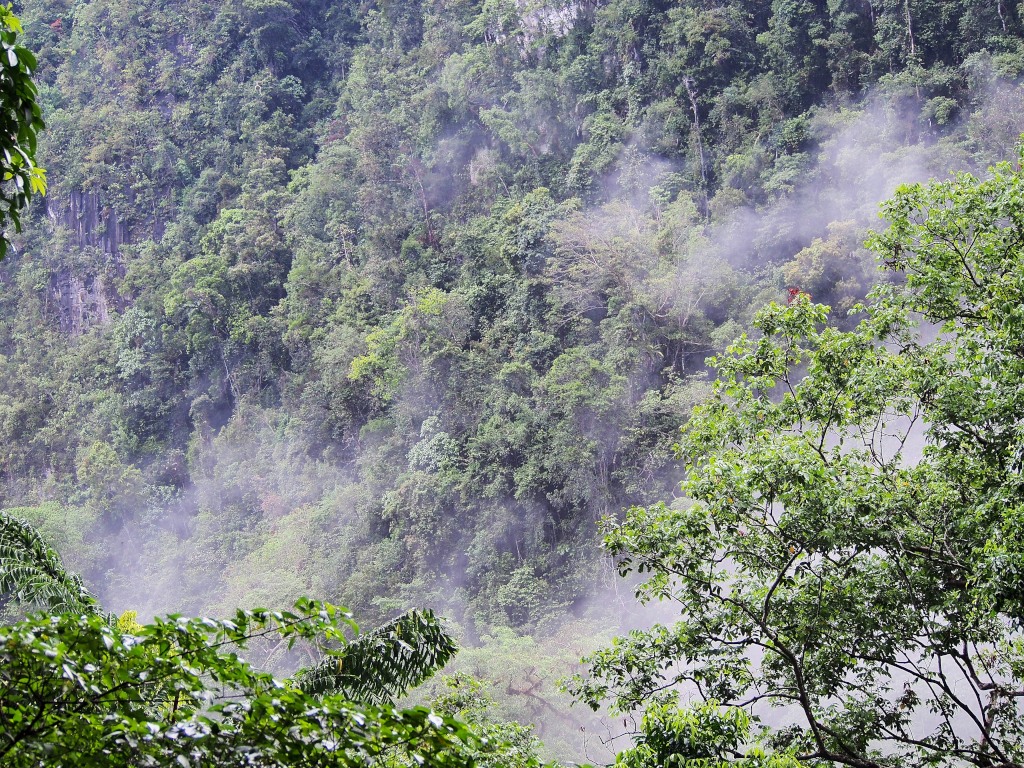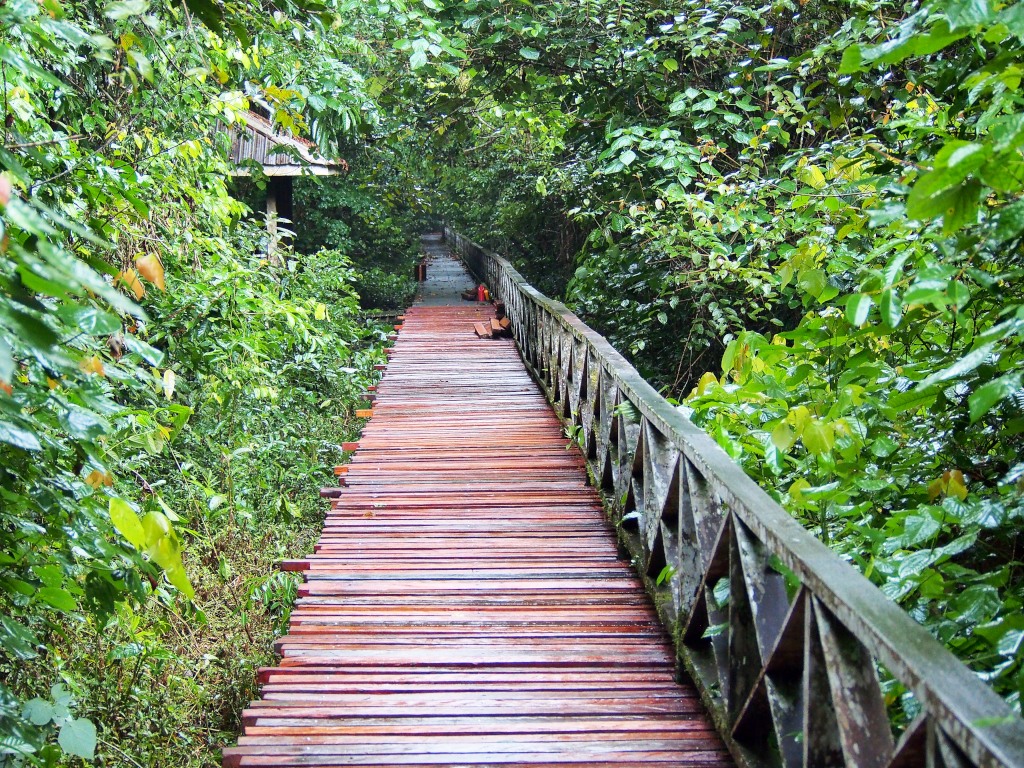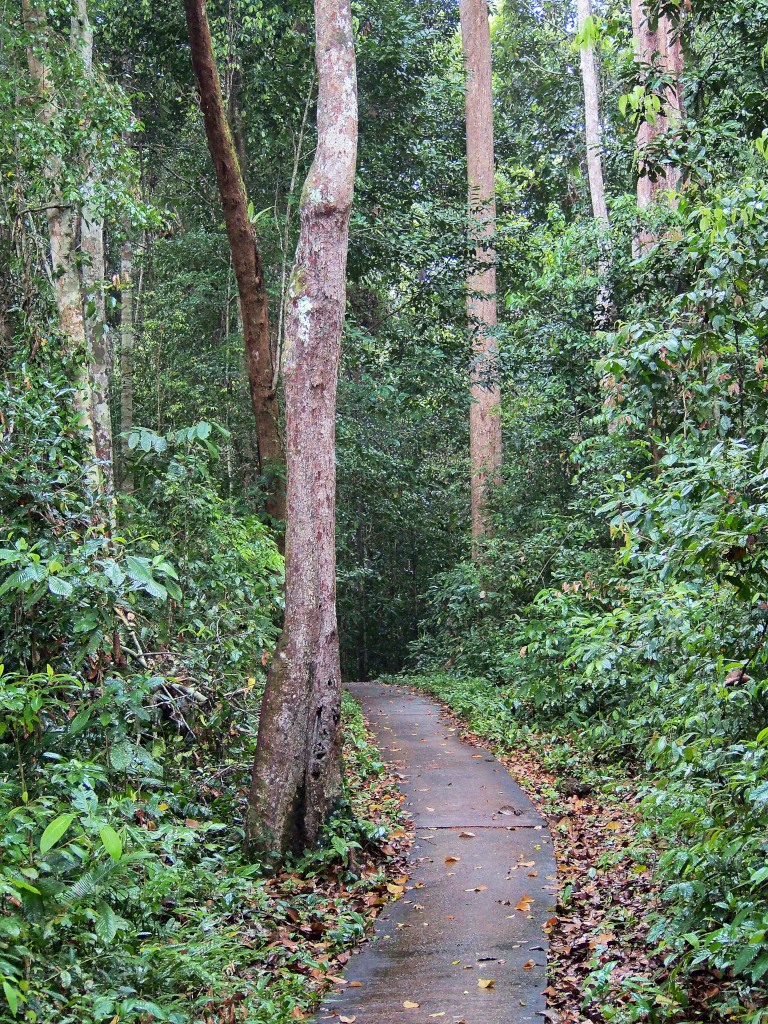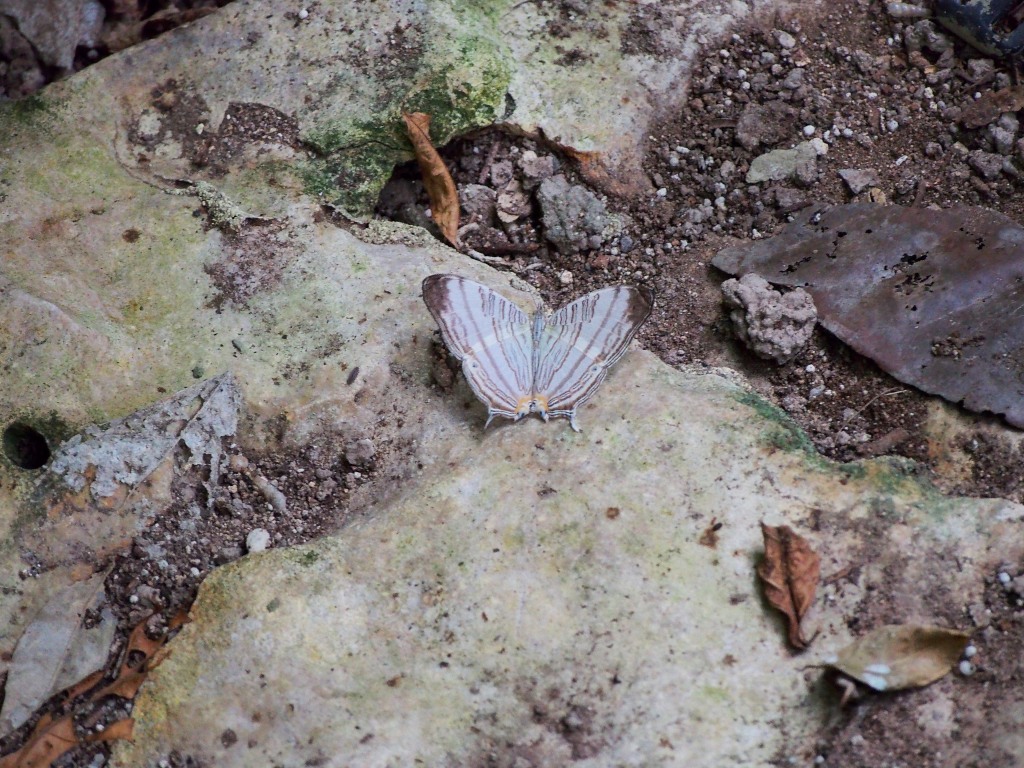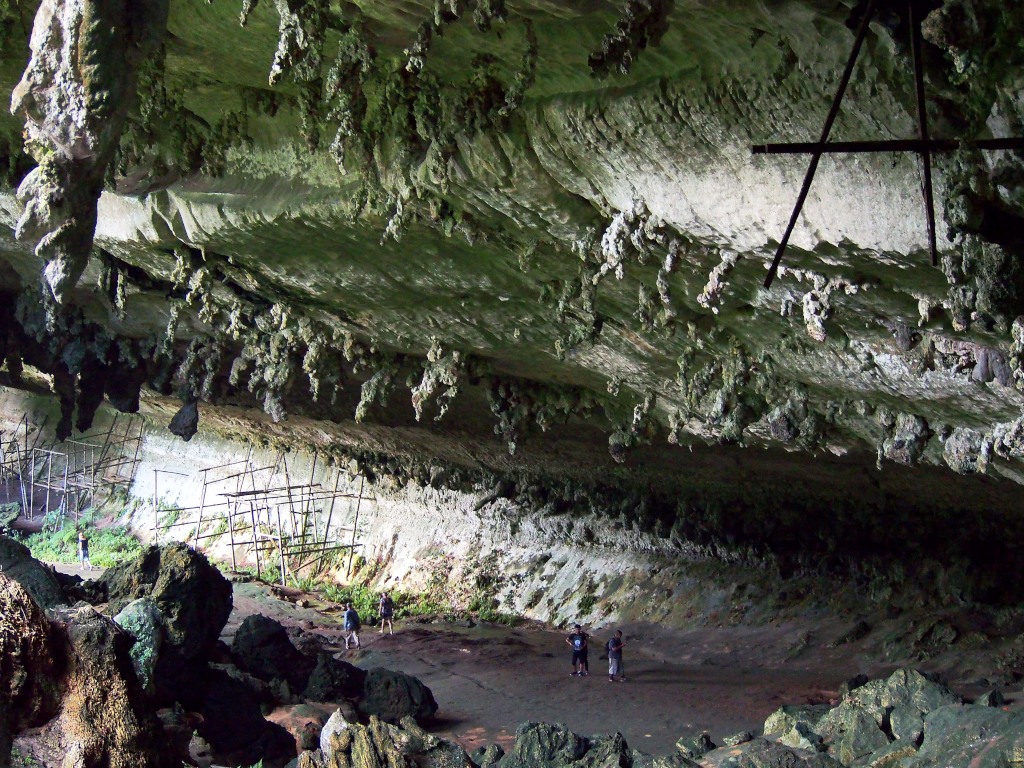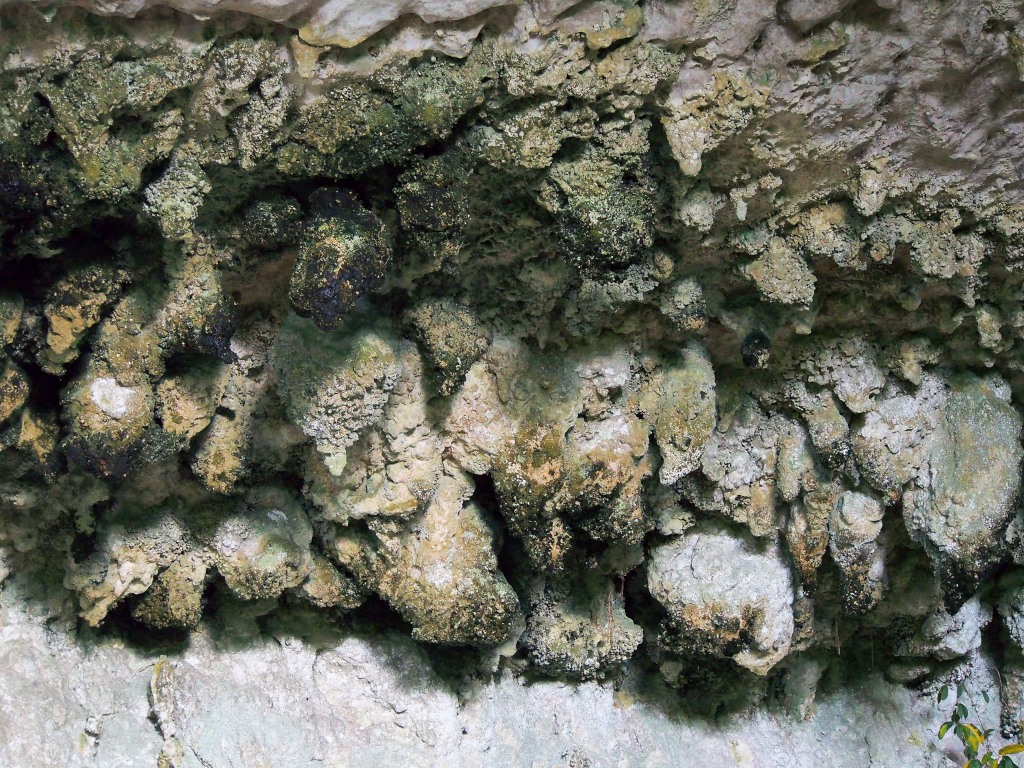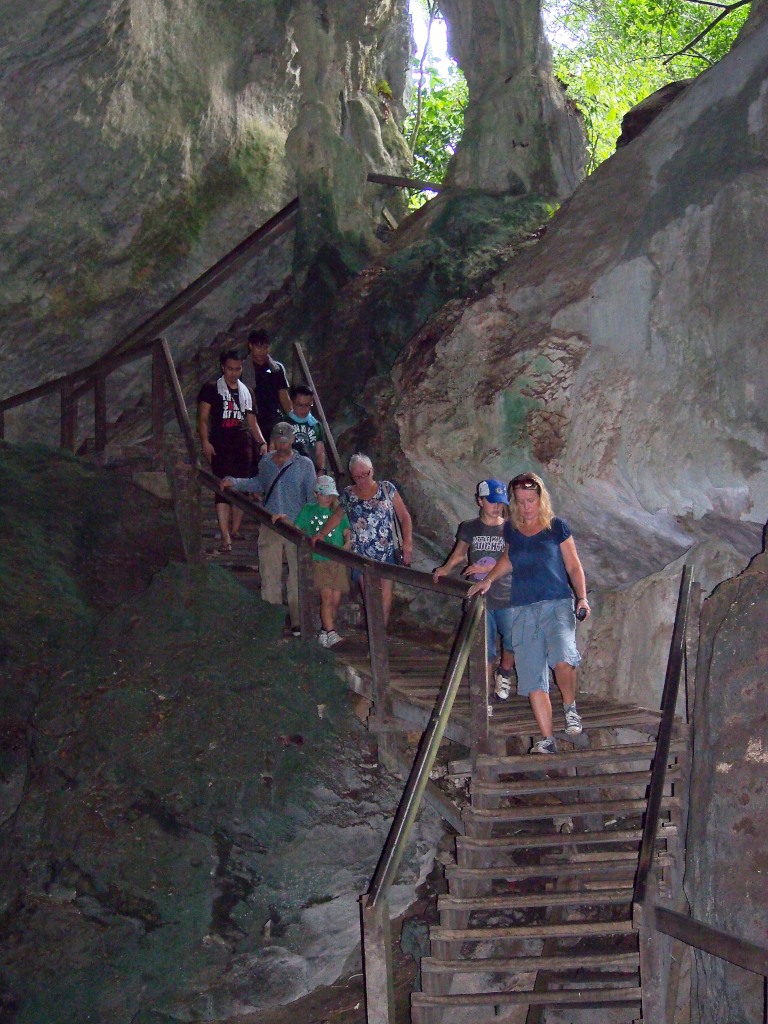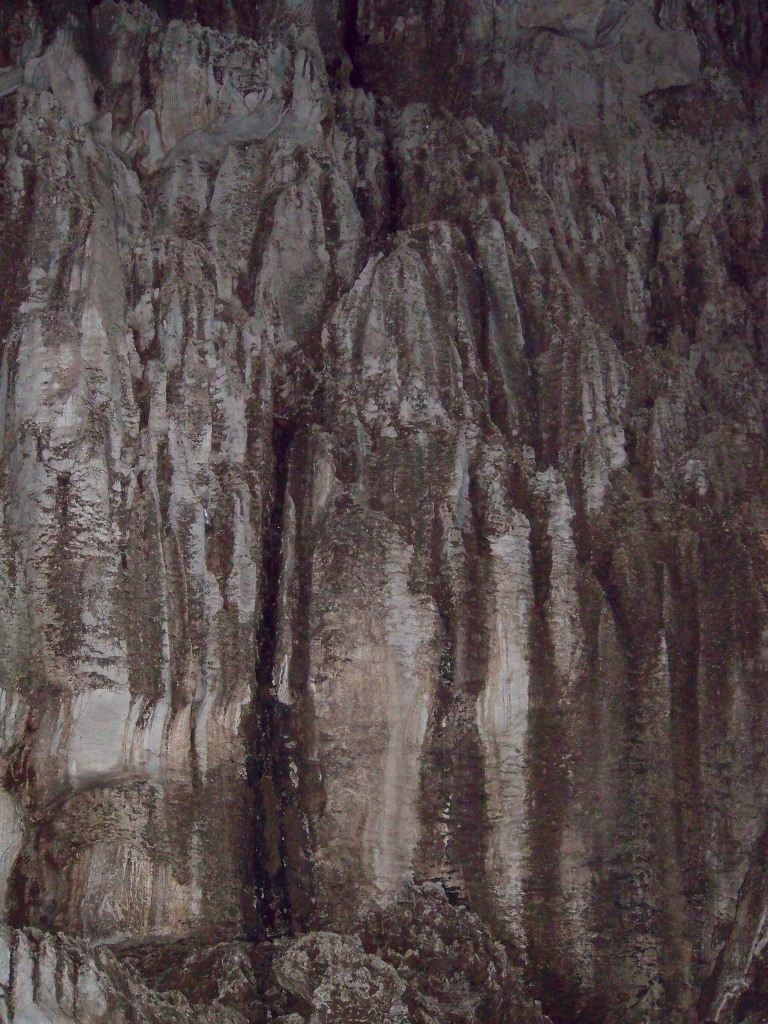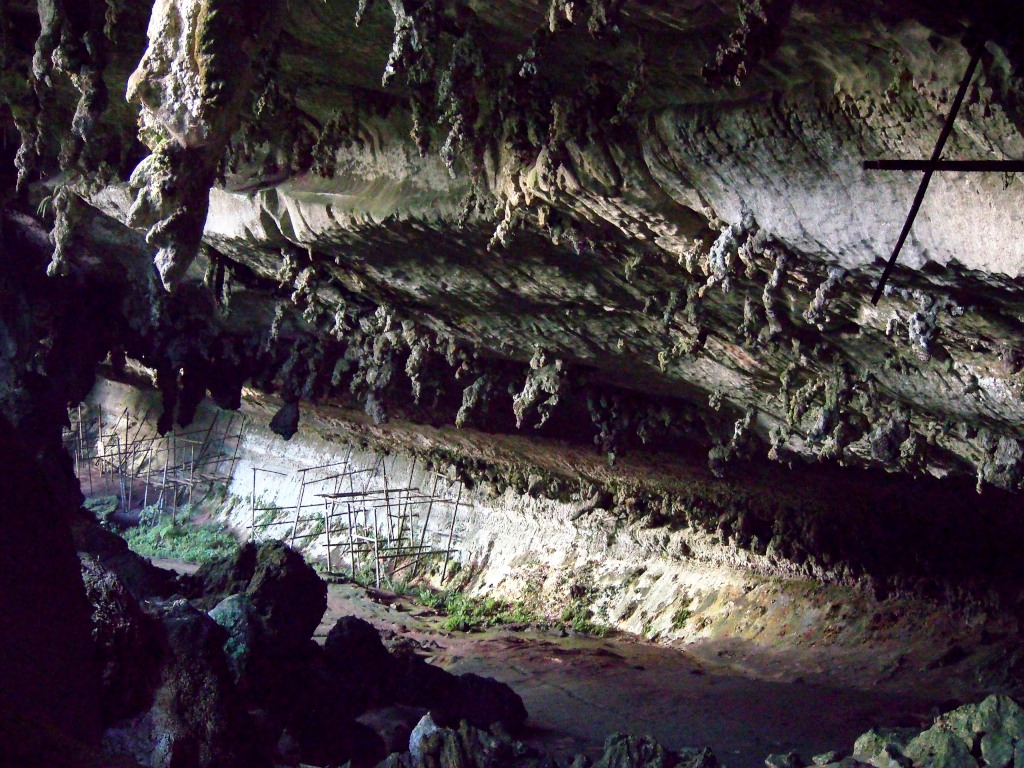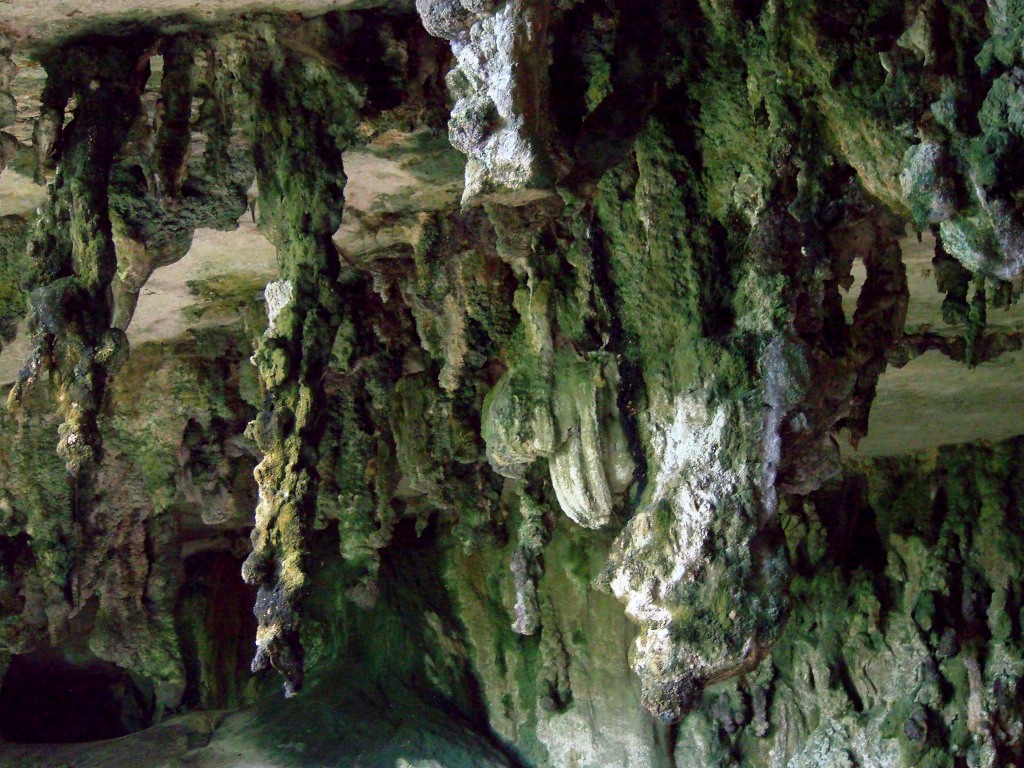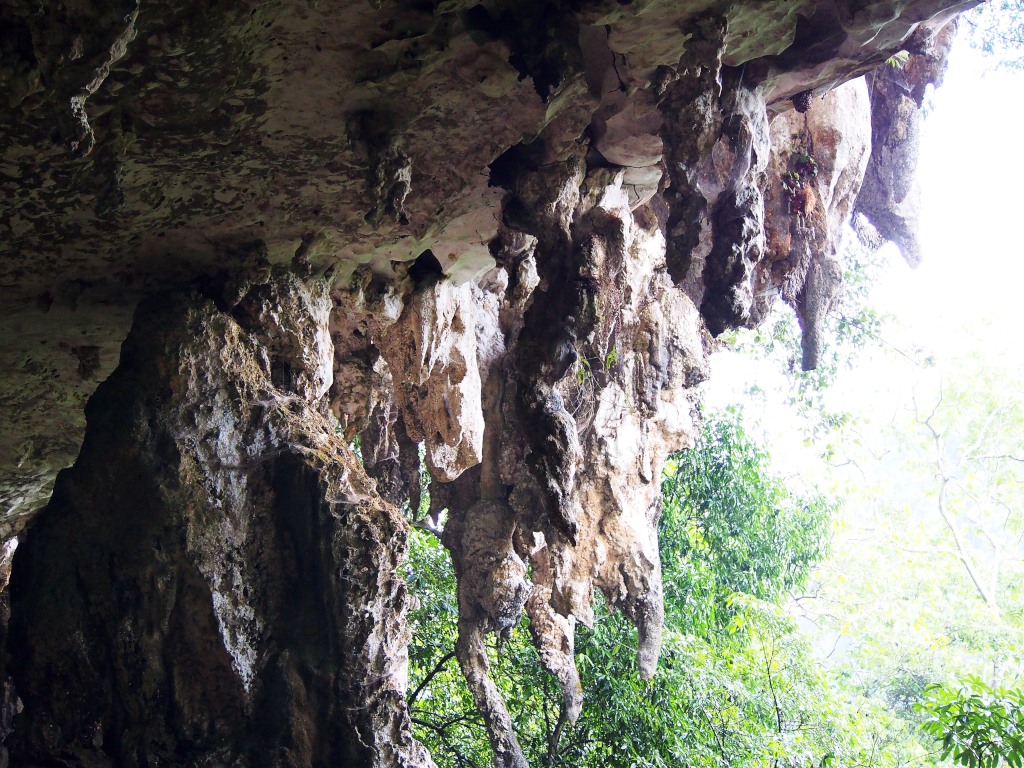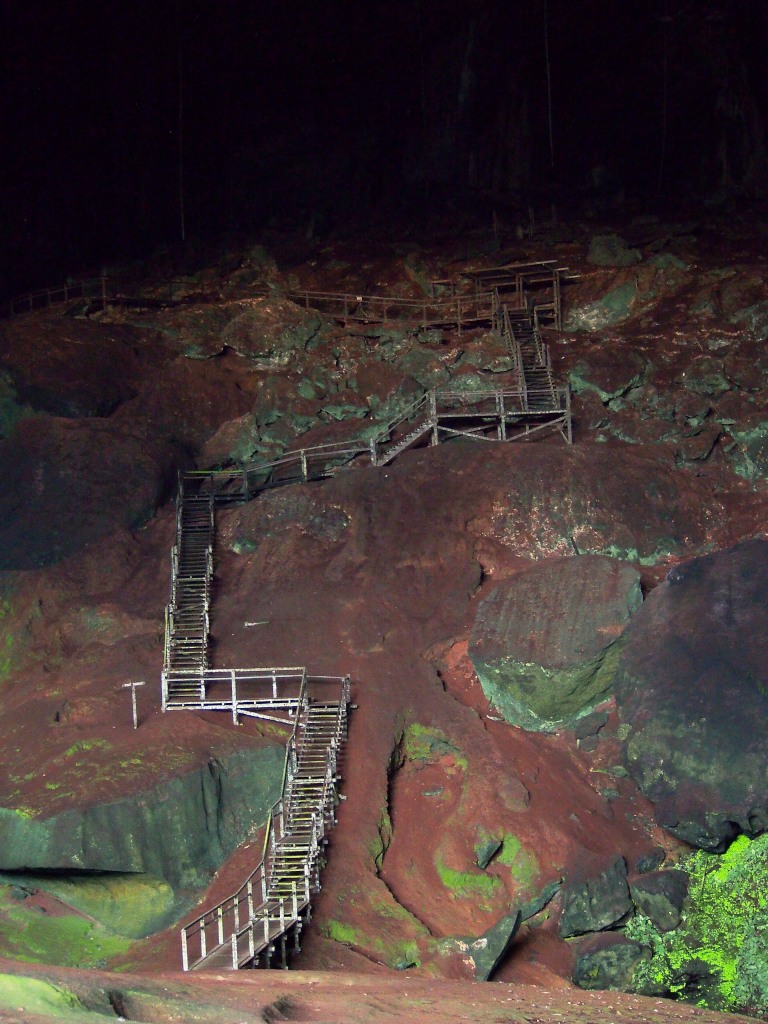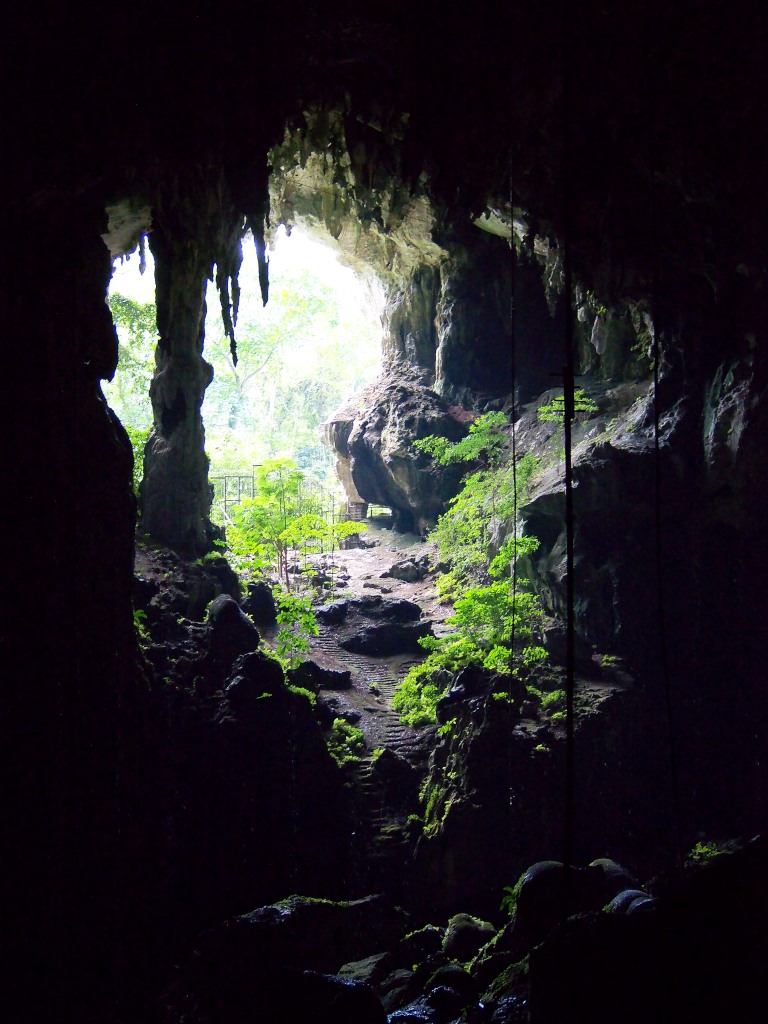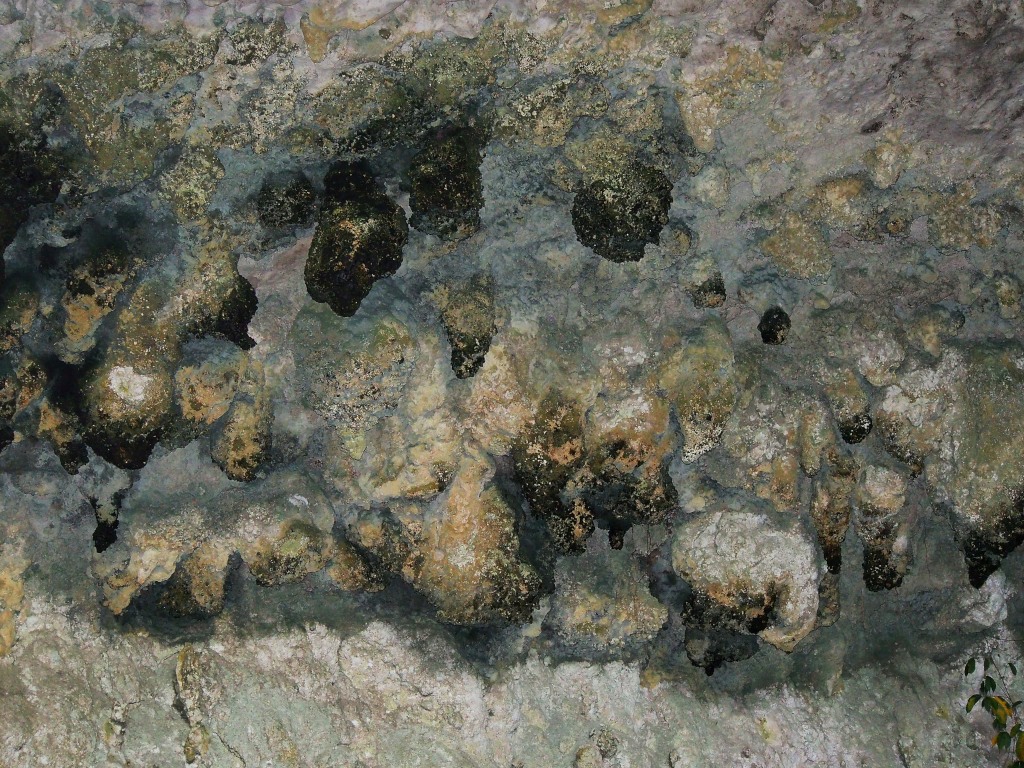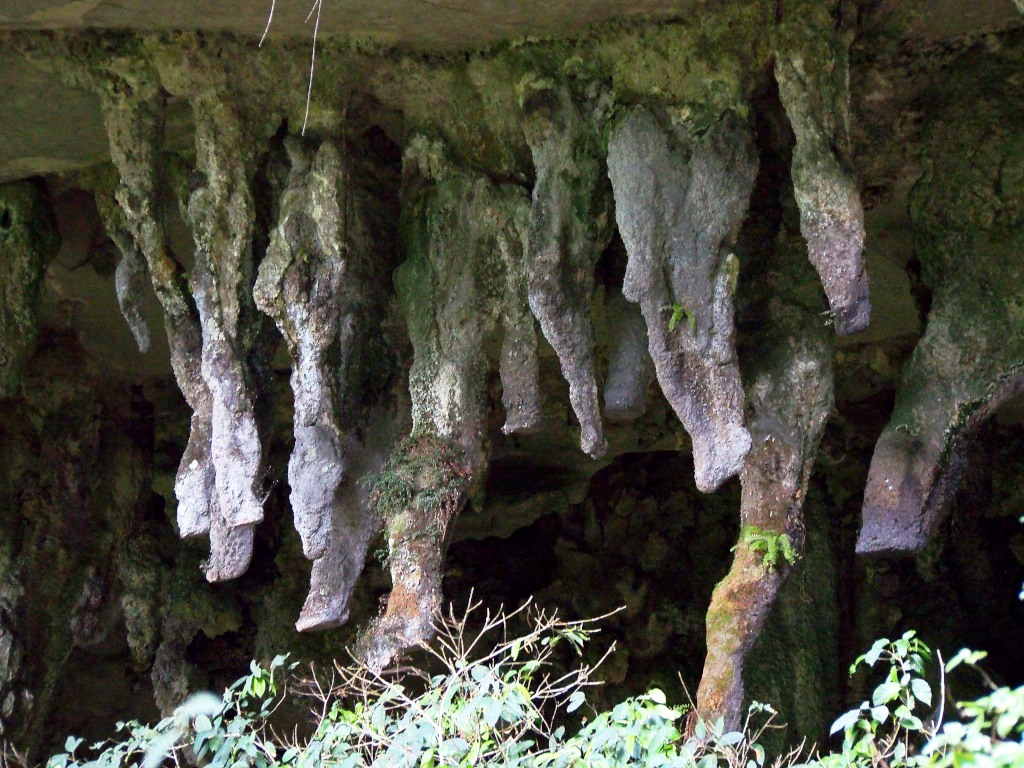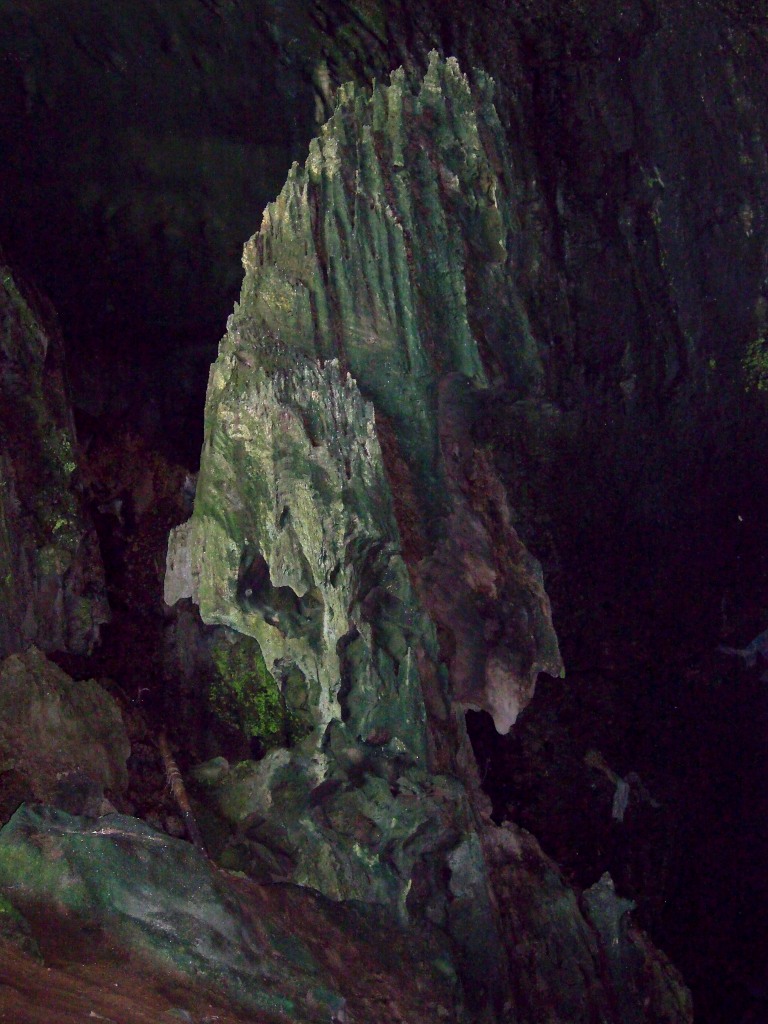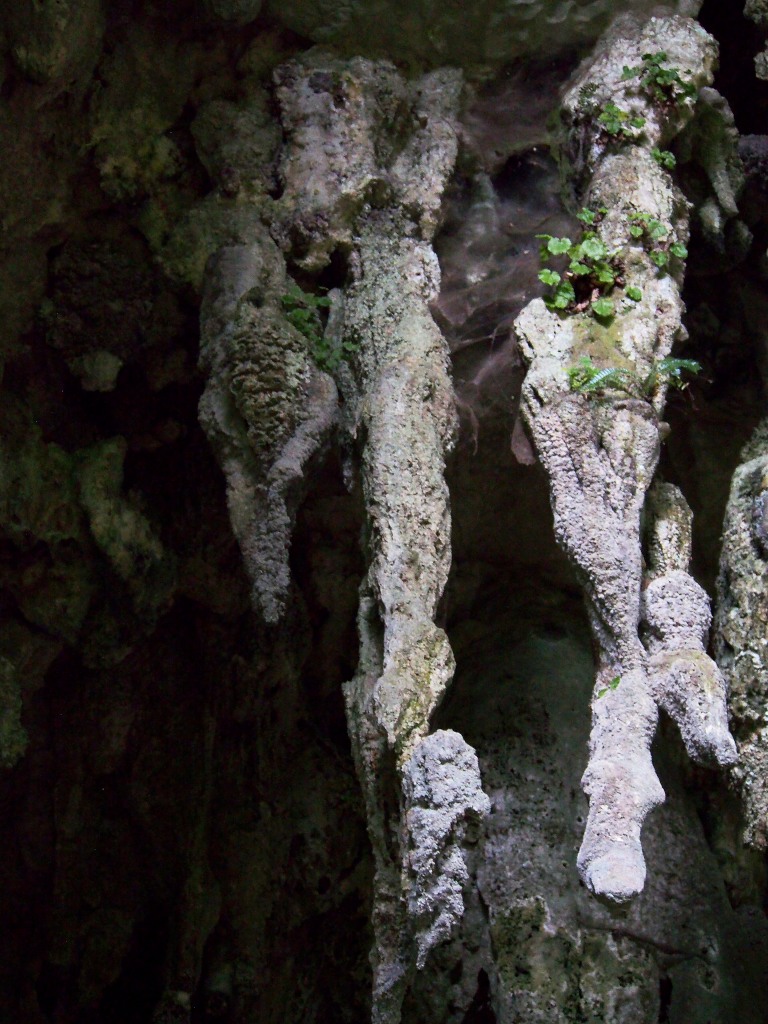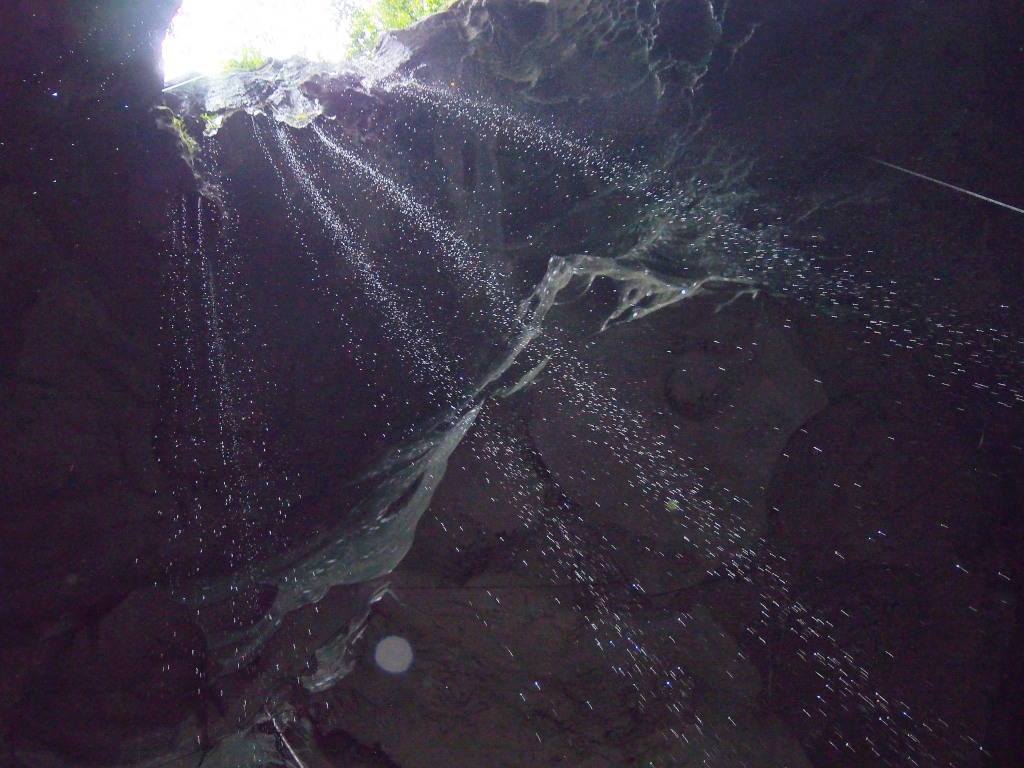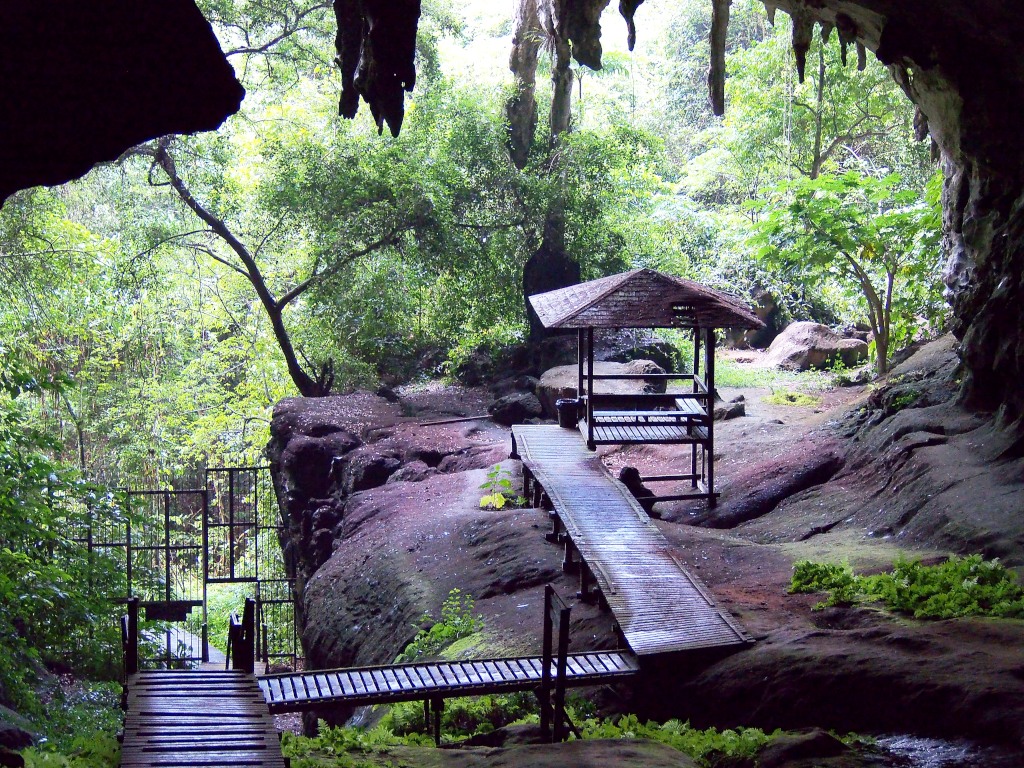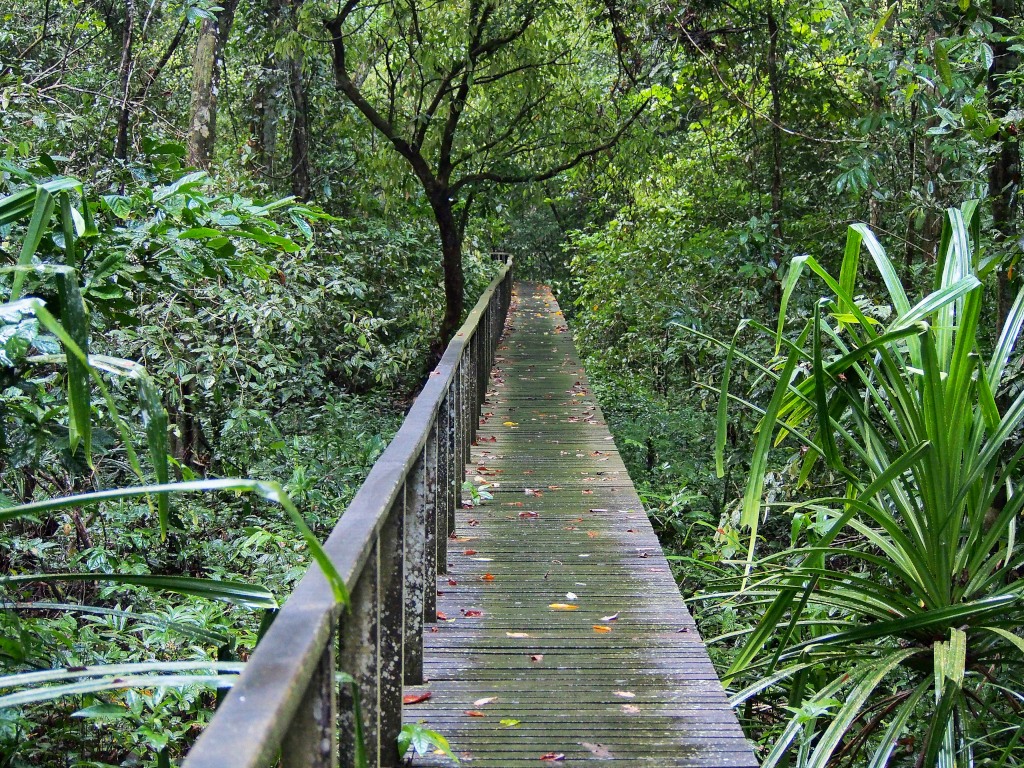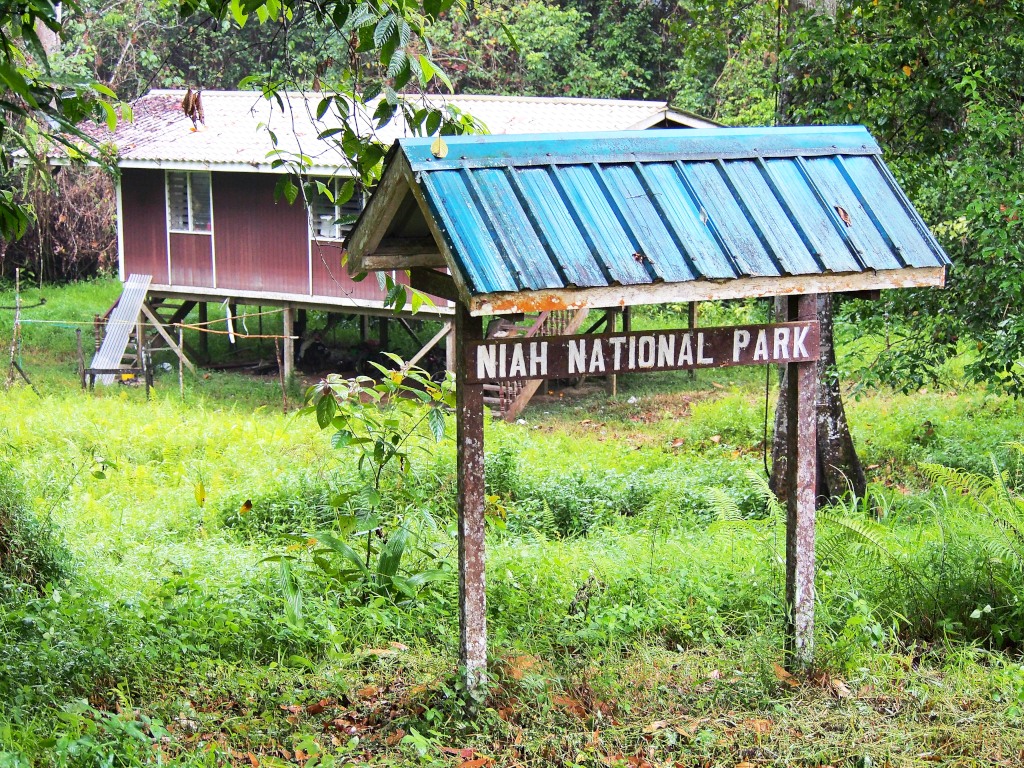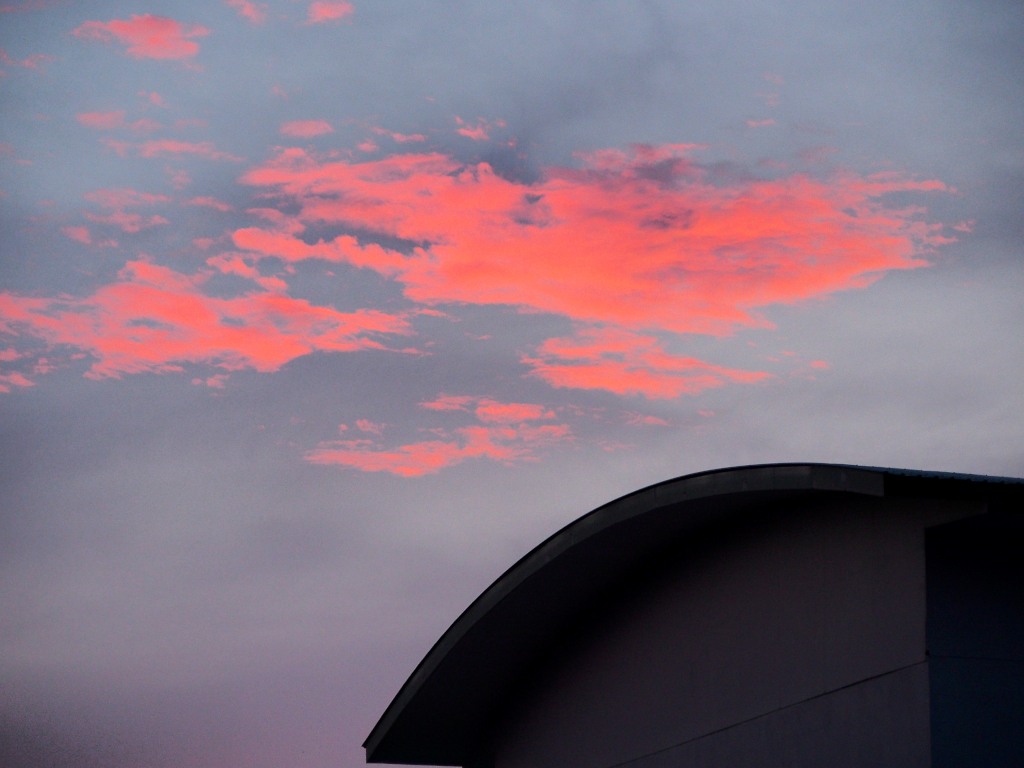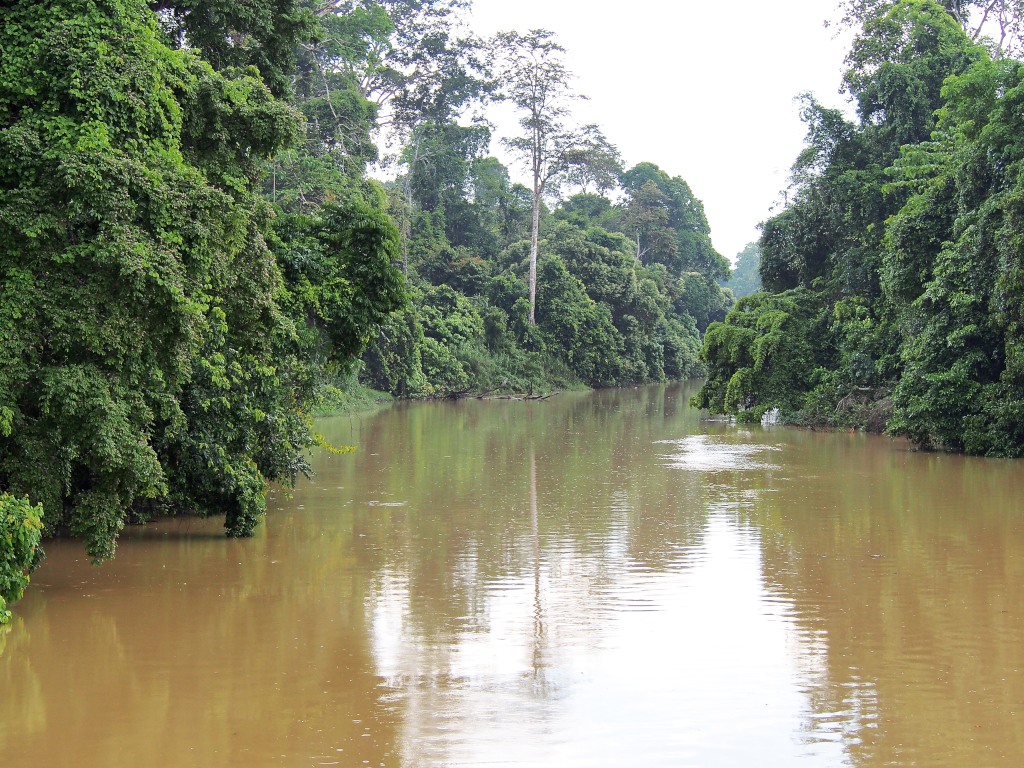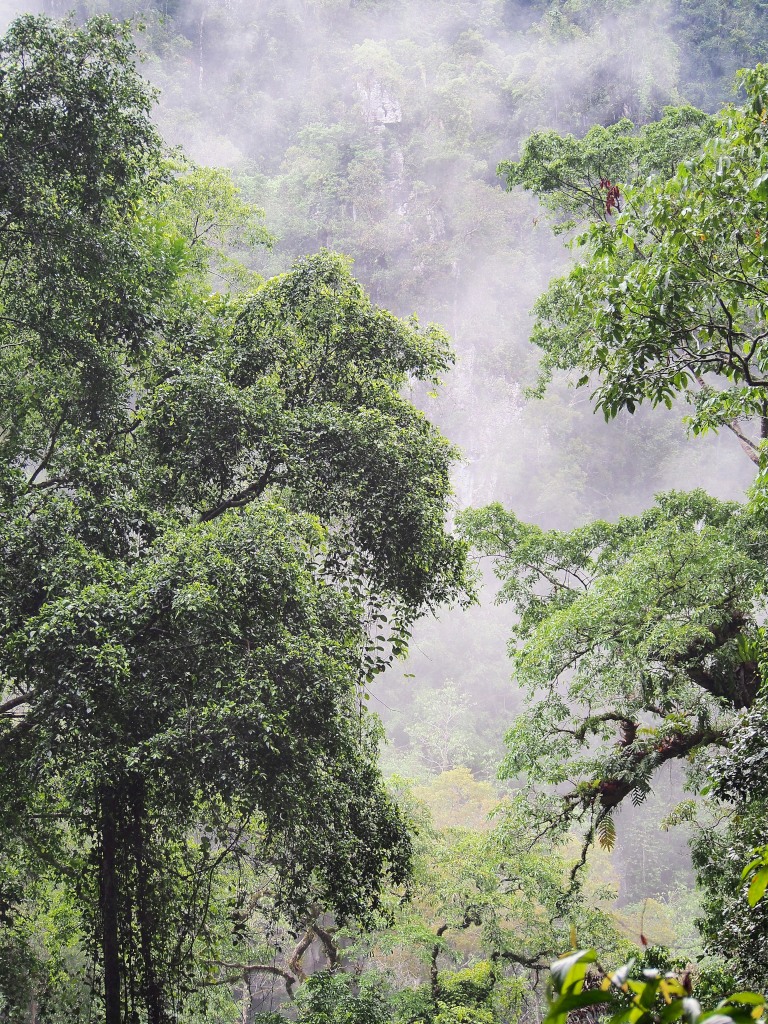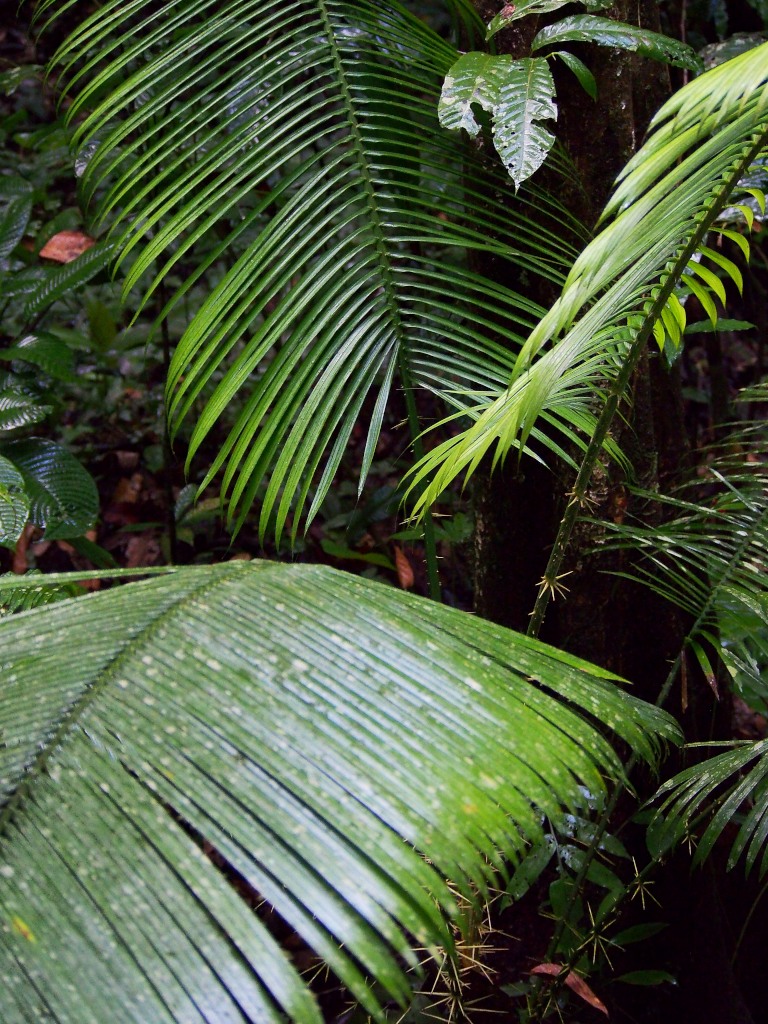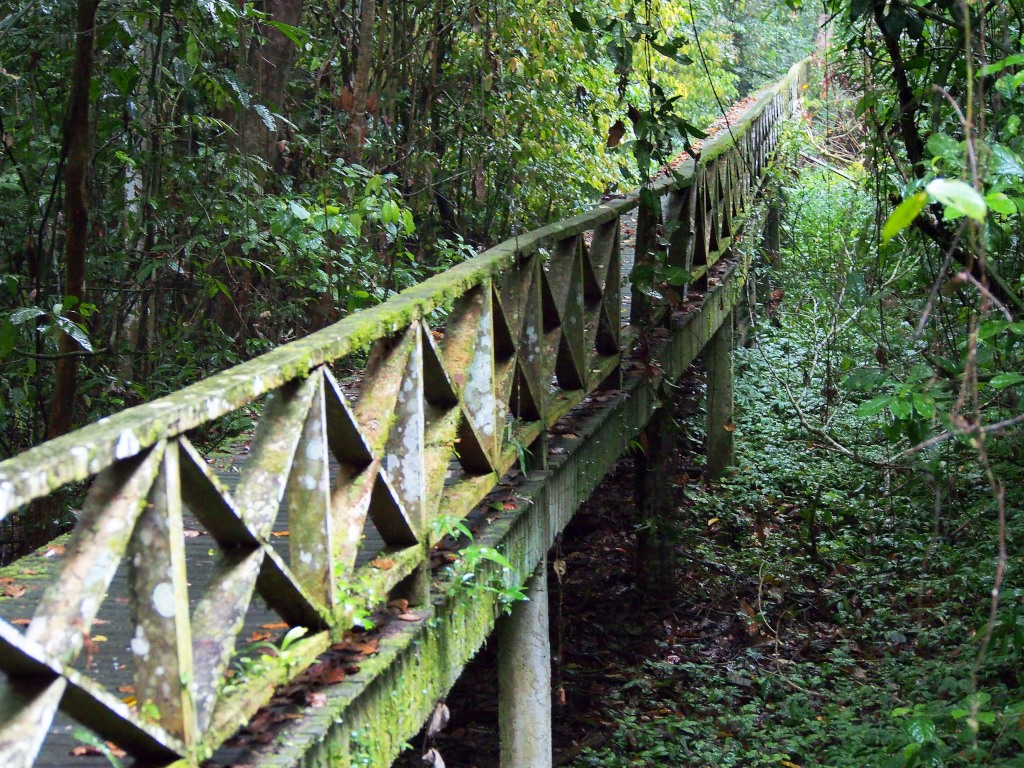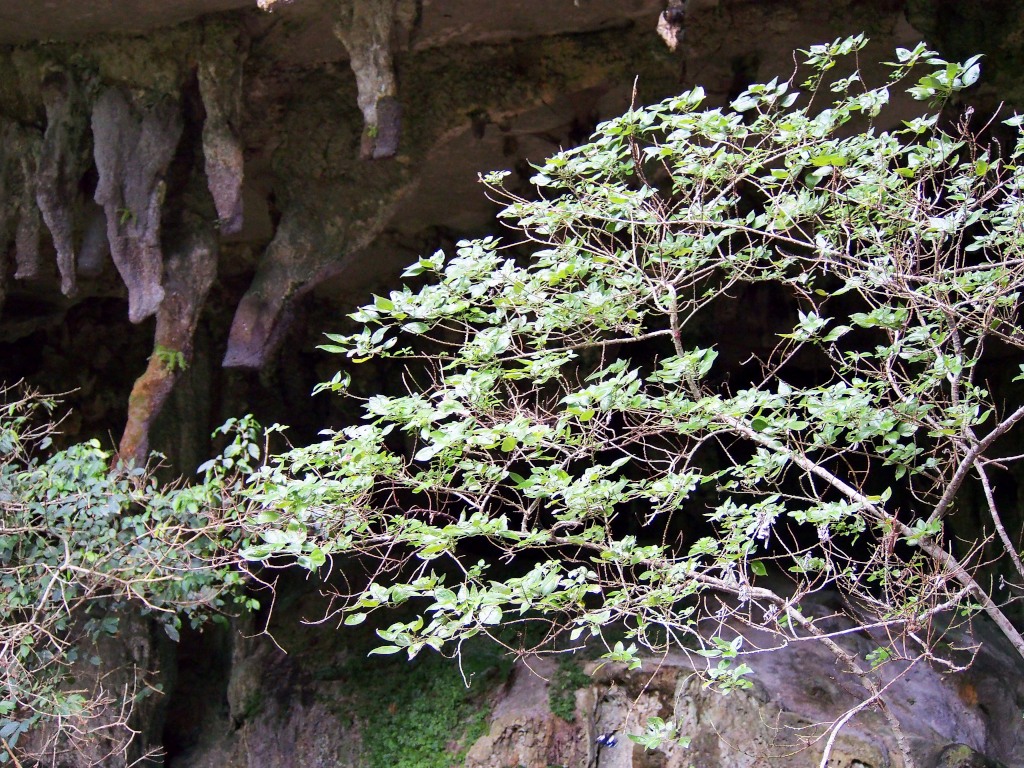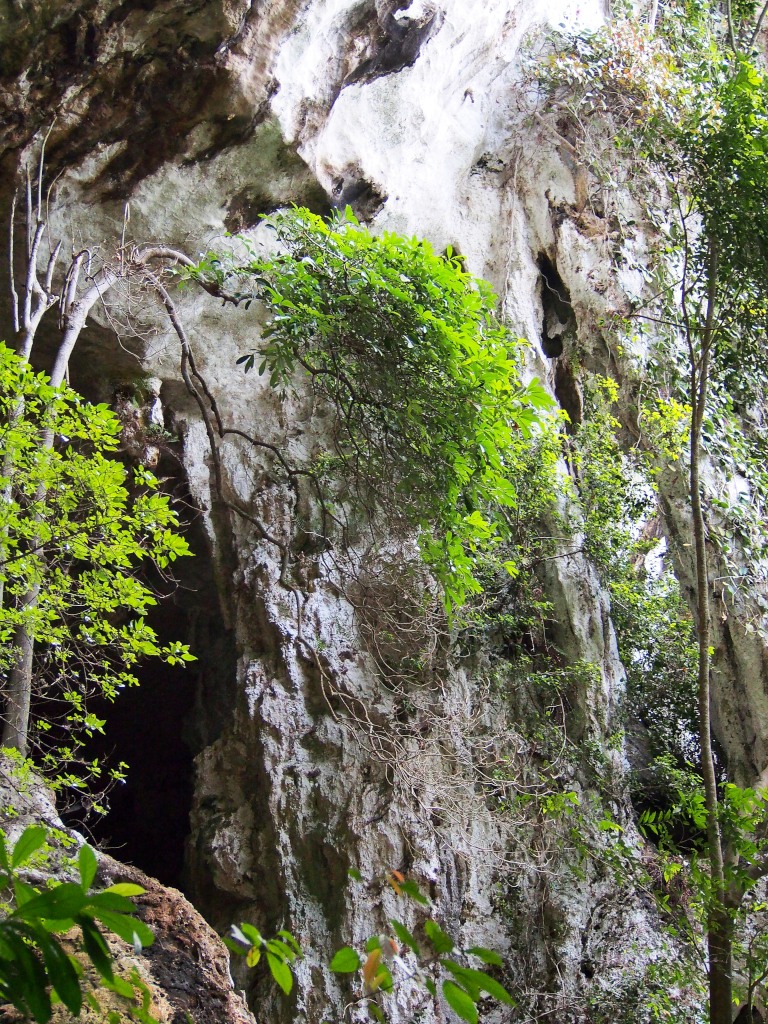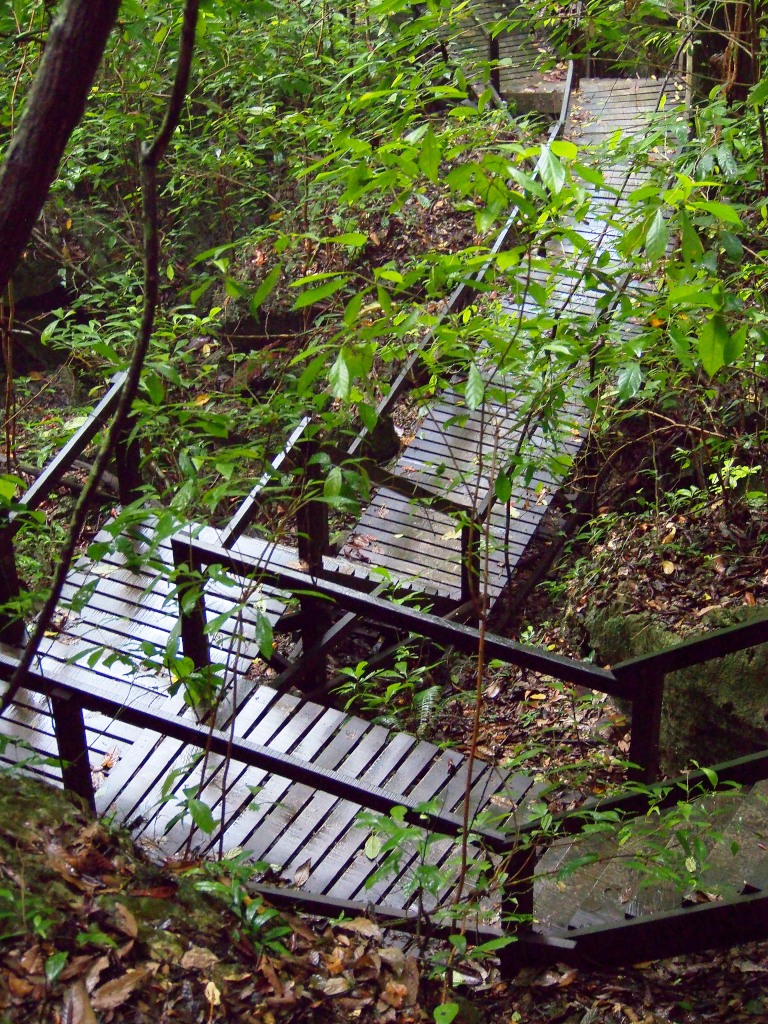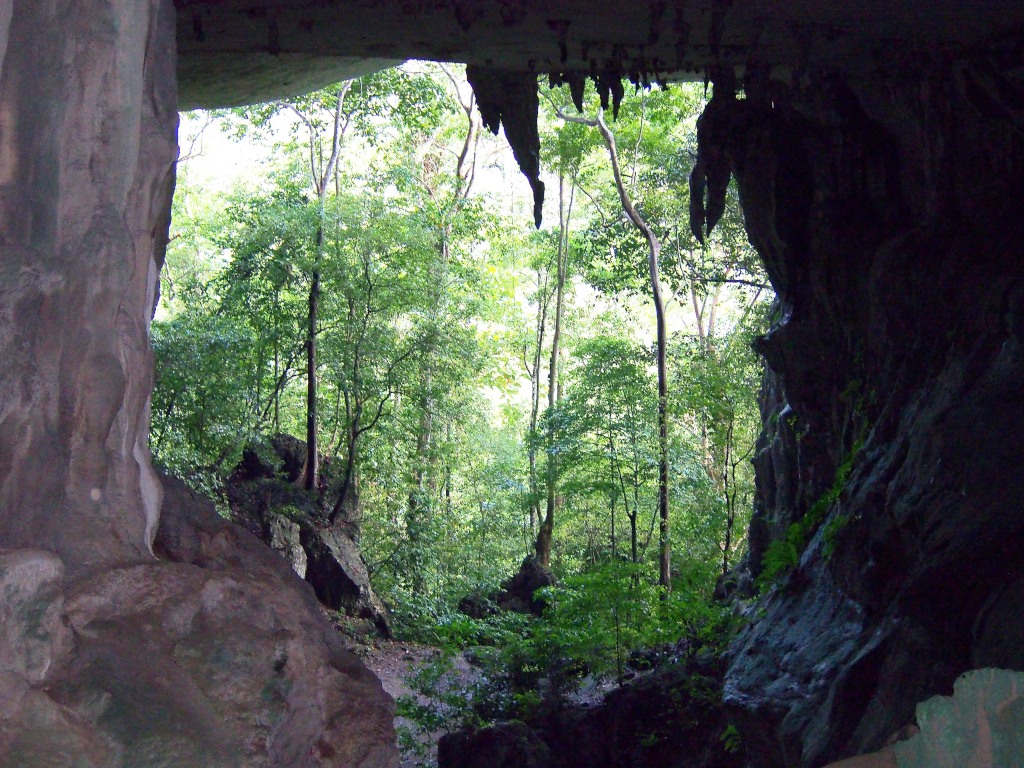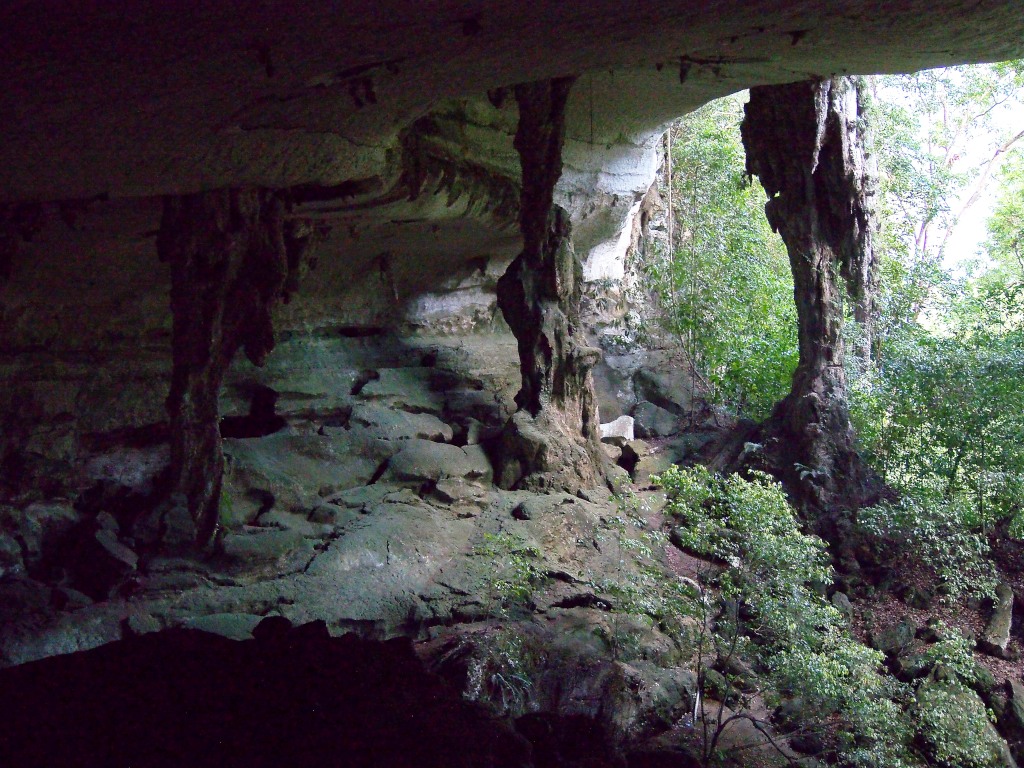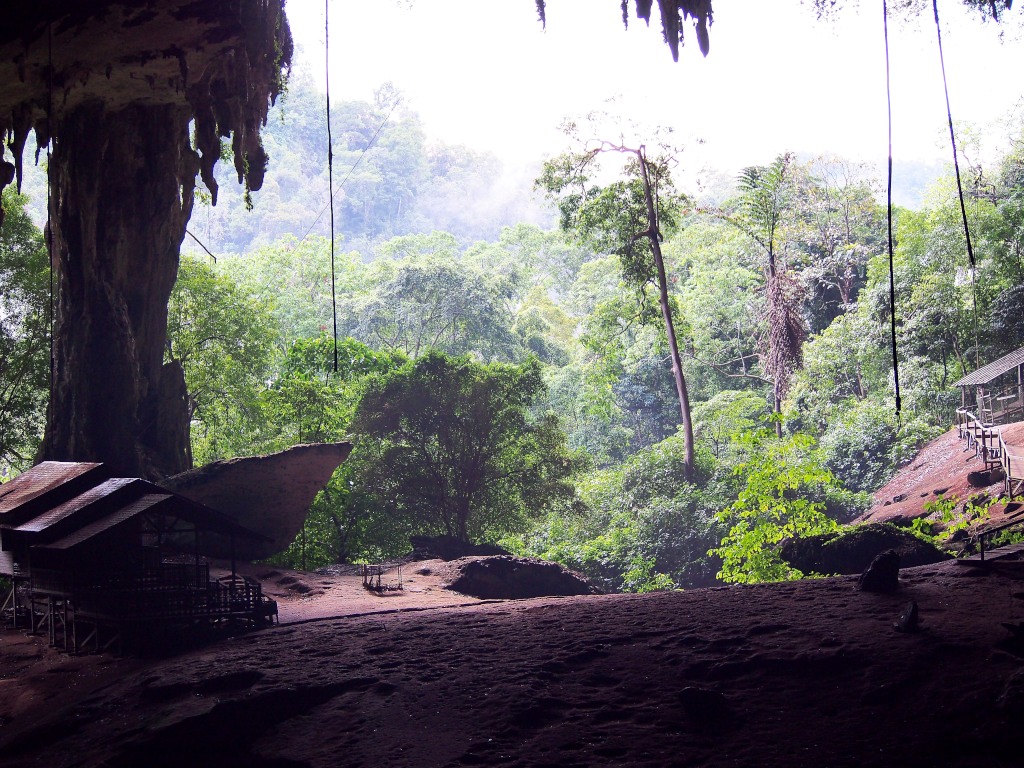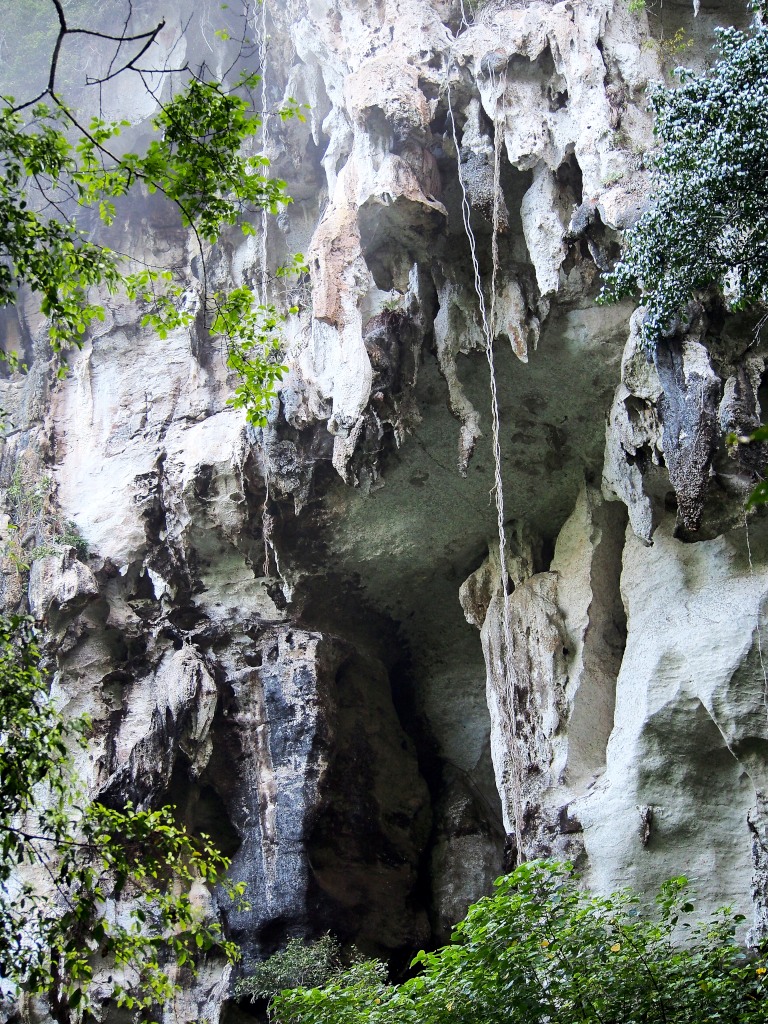May 16th, 2015
I linger in the hotel room during the morning, finding all manner of things I need to get done, people I need to talk to, Facebook posts I need to review, but the reality is that I am procrastinating as usual, delaying the inevitable road bumps that will arise on my trip to Niah National park, given the transportation headaches I could expect.
Successful traveling is about embracing the risks of dealing with the unknown. Once a person begins finding this too challenging, as I do often, traveling becomes stressful. Of course, the challenges of traveling in a country like Malaysia are nothing like in many other less developed countries.
For example, the fear of having to deal with the local bus system comes to naught when I wander over to the bus stop on this side of the Bintang mall and wait for not much more than five minutes for a bus that deposits me at the Boulevard shopping centre.
So much for the idea that leech bites are innocuous – even several days later I still have small gashes on my body from the places the leeches bit me, especially on the arm where the tiger leech got me. I can’t imagine what the bite mark would have looked like if it had really dug in …
The young women who accompanied me on the bus wave me to the bus station allegedly located somewhere in the direction away from the mall. Now I remember where I am, and before anything else, absolutely must return to the Maker cafe for a good coffee, and perhaps even write some inspiring postcards.
The coffee is fantastic but unfortunately I never get around to inspired writing of any sort due to the engrossing antics of the very young Chinese boy and the ensuing conversation with his beautiful mother, to whom I convey the wonders of Sarawak’s national parks (as long as you ignore the omnipresent oil palm plantations), which she is actually very receptive to, given that she was born and raised here, but has barely thought about visiting these parks.
It turns out the bus station should not in theory be that far, but then walking to the roundabout and then heading east, I see no sign of the station, and am now in that typical Malaysia tourist conundrum again, walking along a busy road with no sidewalk, uncertain drivers having little concept of dealing with stragglers wandering in this area.
I continue along but see nothing. Upon someone’s instruction, I turn down a side road and in the growing heat still see nothing. But the station has to be around here, and in fact it is located down another innocuous side road in this residential area. Unlike most Southeast Asian countries, bus stations in Malaysia are very low key affairs, buses typically running empty due to the fact that the vast majority of people have their own transport.
But nonetheless the buses heading along the coastal highway depart frequently. The advantage of Sarawak for public transport is that towns are spread along the coast, and a single highway interconnects the entire region. The bored workers at the station call to me, the invective usually turning to whether I have been to Indonesia, but then quickly denying that they are Indonesian. Many of the low-wage workers on the ground in Malaysia are typically Indonesian, and the Miri area would be no exception.
The bus to Bintulu departs with a number of other passengers, the older English man seated across from me extolling the virtues of the Philippines, which I have always assumed was sex tourism paradise and even far worse than Thailand.
Surprisingly, though, it turns out the country actually gets relatively little tourism, and as the man concedes, does not have the best local transport system, but has lots to see, with very few outsiders in much of the country. The weather in the rainy season can be disastrous, unless you like the idea of being chest deep in water and in relentless torrential downpours for weeks on end.
The highway is a narrow, relatively poorly paved dual-lane carriage with a reasonable amount of traffic, the surrounding countryside largely rural and not completely taken up by oil palm plantations. Some parts are forest, some scrub, some a scattering of shacks, but most of what I see is uneven to the point of being hilly, with very little urban settlement of any sort visible, on occasion signs pointing to small communities off the highway.
Not far after leaving Miri we pass the entrance to Lambir Hills National Park, which will be my other destination prior to moving on in finality. The cloud cover becomes more ominous, very poor timing indeed. My only hope is that if it does rain, it is not torrential, especially now that I only have a smaller umbrella, and that the rain would abate by the late afternoon.
The bus lets me off at Niah Junction, which is effectively the largest urban agglomeration in the region, at least located on the main road. It includes gas stations, stores, several sprawling markets and open-air eateries, and lots of parking area for buses to pull over. The food vendors in the central market area sell mostly local Iban forest foods, including midin and other jungle greens, the big bags of snake fruit looking particularly inviting.
The vendors look slightly perturbed at my presence, but the taxi drivers are far friendlier, eager to pocket 30 RM for the allegedly 17.5 kilometers to the national park. Driving through the side roads leading eventually to the national park, the taxi driver’s story belies his beaming expression, his Iban people driven to the brink of complete marginalization, their land rights not recognized, and any attempt to assert themselves publically violently suppressed by the state.
He cautions me not to write about what he is telling me, as it could have dire consequences here. The politicians who lead this state will stop at nothing to assert their control over resources, and the local native people will not be allowed to stand in their way. His disquieting diatribe runs against the sense of empowerment I saw in the Kelabit, but that region is probably a total exception in this huge resource-driven state.
The beaming woman at the ticket counter confirms that the road back to Niah Junction is only four kilometres, which doesn’t exactly inspire faith in the local taxi drivers. I assume in other less developed Southeast Asian countries that lying taxi drivers is the norm, but would really expect more in Malaysia, especially here in the countryside. No matter, it’s a one-time expense, and most of the tourism costs outside the major tourist traps in Malaysia are relatively modest.
Brunei will probably be another matter altogether …
A modest set of structures greets the visitors along the parking area, and across a wooden verandah the opaque brown river becomes visible, the ribbon of solid brown wending through a wall of green. The sign warning as to the danger of crocodiles puts a damper on this bucolic tropical setting. A small boat manned Charon-like traverses the narrow river to the jetty on the far side.
Once on the other side, I am off into the park, the light rain that began on the drive to the park continuing, but most importantly, not growing in intensity. Marching along the wet boardwalk, it seems as if some brighter patches in the sky may be appearing, but it is too soon to tell what kind of day it will be.
The boardwalk is broken in many parts, but there are crews in the shelters presumably waiting to get to work before some innocent tourist goes plummeting to their demise two feet below. The occasional hole hardly discourages the beleaguered locals heaving with the weight of the massive bags on their backs, which later turn out to be the prized guano produced in Niah’s caves.
Many visitors are present on the trail, largely returning back to the park headquarters, including couples, friends, families, a diverse array of Malaysians. I inspect the trail but see no leeches, not that there would be any on the boardwalk, and in any case, there are lots of other humans around for their consumption.
The vegetation is lush and understandably familiar, a mess of green with next to nothing in the way of flowers. Lianas compete with ferns, ficus trees with huge hardwoods. If there was any wildlife present, it would remain very well hidden.
The occasional butterfly swirls by, although the creatures are hardly out in profusion, probably due to the rain. I can see some cliffs towering above in the gloomy afternoon light, largely shrouded by the dense shrubbery. Happily, the entirety of this trail is built as a wide platform of wood slats, the same as in Gunung Mulu National Park, except that there are really only two trails – one leading to the cave complex, and another much longer one leading up a mountain, and which I will have to leave for some later opportunity.
The thick forest descends into a cavernous open space blocked by an interrupted rock wall, variegated stalactites and stalagmites cascading through the openings at either end. Series of lengthy interconnected bamboo poles hang from the ceiling high above or fit braced against some crevice in haphazard fashion, presumably used to collect edible swiftlet birds nest.
The collection of birds nests at Niah for the purpose of assuaging Chinese palates dates back to old times, although the collection here has ostensibly been supplanted by the commercial raising of the birds in commercial facilities elsewhere.
A dirt trail rises through the budding stalagmites rising up to the far end, then descends to a canopied continuation of the boardwalk, facing the vertical wall of tropical vegetation dropping from the opposing limestone wall. The trail proceeds towards a much larger open-side cavern, lowering into a distant blackness, a few modern huts arranged on platforms near the entrance, also studded with the monstrous-looking teeth left from untold years of dripping limestone-saturated water.
The trail winds inward, over the slippery, dark moss-coated surface, further and further to the back, then descends into the nothingness below, the faint lights of the few residual visitors visible in the distance.
The genesis of Niah’s underlying geology is the seismic upheaval of millions of years of layered coral reefs into the form of a limestone mountain system that eroded with extensive water seepage to form the massive caves that are visible to the visitor today.
The birds nests were apparently collected since ancient times by the Punan, a coastal tribal people related to the Penan orang ulu, who adopted Islam centuries ago, and whose collection work has now been supplanted by modern day Iban collectors.
Coming from Gunung Mulu, it seems strange that I would be here on my own without having any guide. There is definitely some rationale, given that you can actually walk into the open cave space in the darkness, although the ground is far from even, quickly degenerating into a rugged rocky sprawl, and coated in slippery fungal matter. The place would have been impossible to navigate without the headlamp, although a much stronger light would be required to allow the camera to focus in the darkness.
For some reason, the ample caverns are bereft of sizeable stalagmites and stalactites except at the entrance. I see little evidence of seismically-created chasms, so that the ancient formation of the caves would be the exclusive result of water-borne erosion and seepage forming stalagmites and stalactites.
The boardwalk is coated in guano and the smell pungent, but not overbearing. The birds flutter erratically in the soaring reaches of the vast darkness above, barely visible to the naked eye, not that the relatively pale light of my headlamp clarifies very much. I dread the moment that the lamp’s batteries give up their ghost and leave me clambering along these slippery steep platforms in the pitch black.
Descending far down into a crevasse and then climbing back up again, the pale light flickers against the grotesque formations rearing momentarily around me, a brilliant shaft of light filtering through the vegetation-lined porthole high above, dissipating into pale shadows when reaching the surreal formations on the ground.
Slender vertical rivulets of water drip from some remote source high above, splashing over me as I move along the boardwalk, and then are gone. Grotesque oversized crickets crawl along the boardwalk, their huge antennae twitching when illuminated with the lights. Apparently these carnivorous creatures are unique within the cave systems, and prey on swiftlet eggs.
The ecosystem also features racer snakes, although I can only hope I don’t encounter them anywhere en route. The banisters are draped in spider webs, and I am in no rush to discover the spiders that correspond to these webs. I can only hope that no undesirable forms of life drop onto me from above!
The trail descends through the contorted inverted loam spires lining the secondary vaults to an illuminated green fissure. Approaching closer, the delicate green outlines of the living world bathed in natural light supplant the vast and amorphous deathly landscape behind me. The vast cave retreats as I descend into the natural world and towards another boardwalk that traverses the lurid jungle around me, then climb high up to an intimate rock shelf, underneath which a fenced section protects the painted remains of Neolithic man.
The broad tunnel studded with grotesque spires descends again to a small natural courtyard below the gaping chasm above, centered on another excavation of Neolithic man in progress.
Returning on the long and contorted path back to the outside world, I re-enter the world of perpetual gloom, rising and falling, the primordial creatures crawling in the darkness around me lone witnesses of this ancient travesty of nature, the swiftlets and bats flinging themselves around the vast chasms in erratic haste. I look into the dark niches ensconced in shadow and imagine something unspeakable emanating from their depths, a stupendous setting for some graphic horror movie.
Outside the cavern system again, I see the late afternoon has broken open in sunshine, although the light is now diminishing in this mountainous tropical terrain. I need to hurry back to the park headquarters as quickly as possible, as no one is left on the trails at this point, and I risk being forgotten.
I rush along the boardwalk, one stretch upon the other revealing itself ahead of me. The return walk seems much longer than the walk out, the concern I have at this point being that the boatmen may have left and gone home, leaving me abandoned in the park.
But no, the boatmen are still there, thankfully. The bungalows sprawling along the river do look inviting – I wish now that I had planned on staying here for the night. After all, I decided to make this a day trip without having known what the park layout would be.
The sky erupts in pink above the park headquarters as another incredible sunset unfolds in Sarawak. But there are no more visitors remaining as darkness sets in, which means that I also unfortunately will have to get back to the highway junction on my own.
Young Malay students march up the steps, greeting me with ‘Hello sir’ and ‘Good evening sir’ while I laboriously apply bandages to my feet, the typical decorum of the Malay on display. Nothing like young Malays for courtesy!
I am not sure if I am heading in the right direction … Green fireflies dance erratically along the embankments in the dark, a thing of beauty in and of itself as the last rays of pink vanish in the distance. At the end of the feeder road, I turn right, convinced that I have turned in the right direction towards the highway junction. A considerable distance further, darkness envelopes the world again, and I am not so sure anymore.
I finally encounter a small store, where the young man sprawled at the counter calls the headscarved woman at the back of the store, who in turn tells me emphatically that I am heading in the wrong direction. Disappointingly, I will now have to walk even much further, and dread even thinking about the time it will take to get back to town. As silly as the idea of walking all the way back to the highway is, this mistake makes it all worse.
The cars and motorcycles speeding by almost hit me, slowing down in the last moment to try and figure out who is wandering in the darkness on their own. A young man driving a compact car with his headscarved mother and younger brother fortunately picks me up. We drive for quite some time, finally reaching the main highway. I am sure thankful I wasn’t walking this stretch – it may not have been 17.5 km, but it definitely feels far more than four!
Faizal studies mechanical engineering in a small town near Bintulu, where there is apparently a good school. They are eminently friendly, happy to take me to the bus exchange that services Batu Niah, for which I am very grateful, compelling me to buy some of the snakefruit offered for sale, probably paying too much money for the far from fresh fruit. But then I am probably doing some good with my deed, as the people sit here all day, waiting to sell something. And the bus to Miri is already waiting in the parking area …
Unfortunately, the bus returns to town by means of an outside route, so that I am forced to walk all the way back from the bus station to the area of the Boulevard Shopping mall, and at the abandoned bus stop continue walking for fear of simply wasting my time waiting.
I look in the direction of the Saberkas market, can imagine visiting, but given the fact that the local bus transport has probably already ended for the day, decide not to. I don’t want to spend any money on a cab, and the town centre is a good half hour walk away. I am sweaty and tired, and should probably just return at least to the area of the hotel.
Another option would be to visit the cultural performance I was told about at the City Fan, the area of which I will be passing by again, but I decide not to go. A very polite young Chinese Malaysian stops me as I walk by, insisting on driving me back to the Miri Hotel, a blessing of generosity which is hardly unusual in this country.
At Taman Semoja, I sit down for some fabulous stir fried Malaysian noodles, the young Indonesian waiter I spoke with yesterday looking slightly harried, the old James Bond flick on the television admittedly quite riveting.
The young Malay man selling traditional Malay fabrics I spoke with yesterday from Kota Baru at the handicraft market tells me the day has not been very good. I can imagine, as I saw very few people yesterday, and on Fridays Malay don’t work, so if they wouldn’t be at the market yesterday, I doubt they would come at all.
I feel really bad for him as he has traveled all the way to Miri, and needs to sell product in order to make the trip worthwhile. I suspect that people just don’t want to spend the money on expensive fabrics, and I can imagine that the Malay women outside of Kelantan and Terengganu are simply not interested in these elaborately crafted works.
Malaysians may simply not buy cultural artifacts that don’t correspond to their own personal experience, certainly where it involves so much money for their pocketbook, especially now when the economy would have experienced such a setback due to the fall in oil prices. Surprisingly, his female companion is sporting a hennaed hand, which is probably from the Indian vendors in the same hall.

